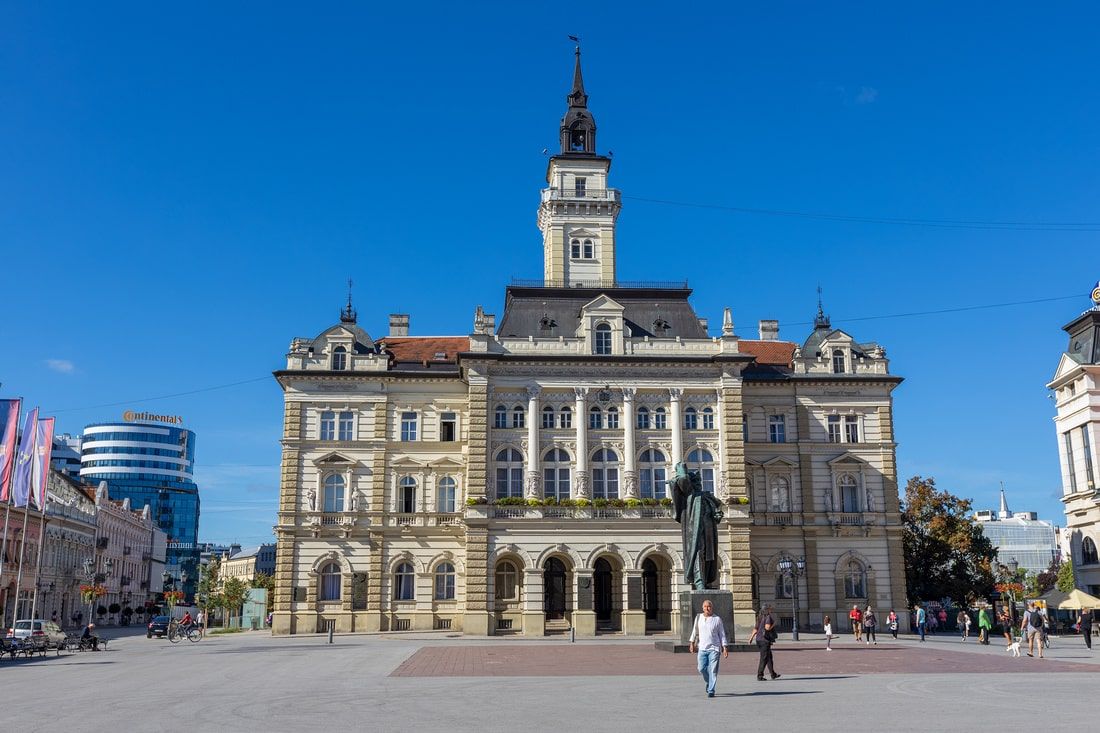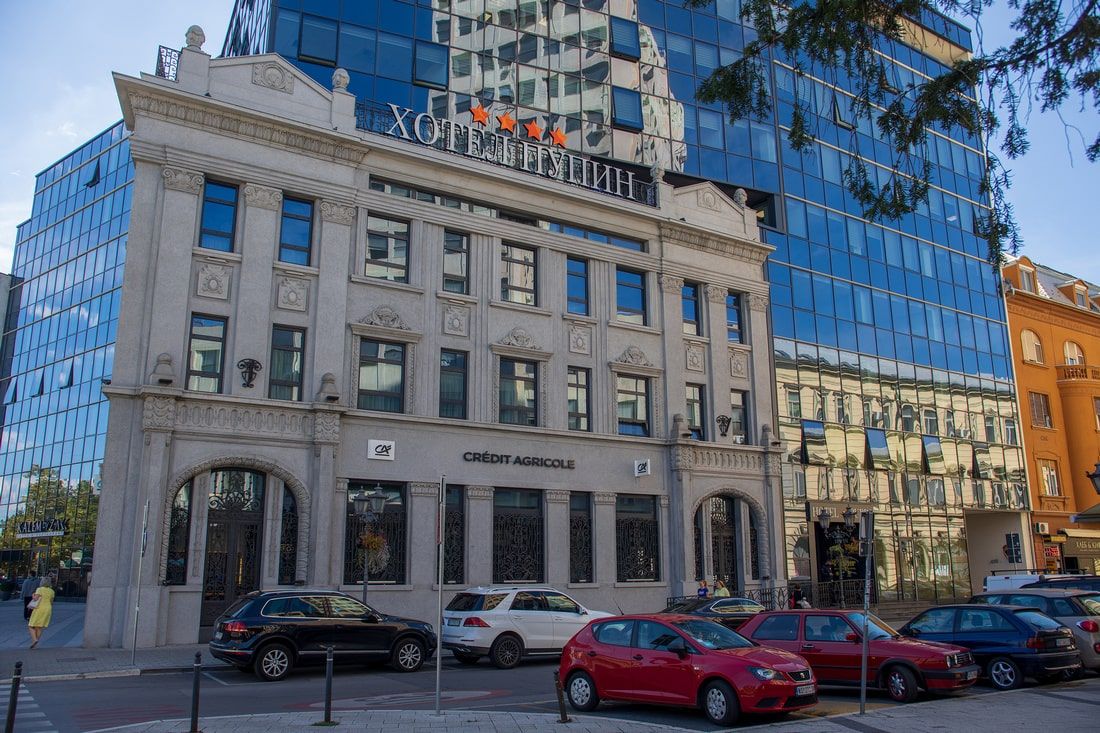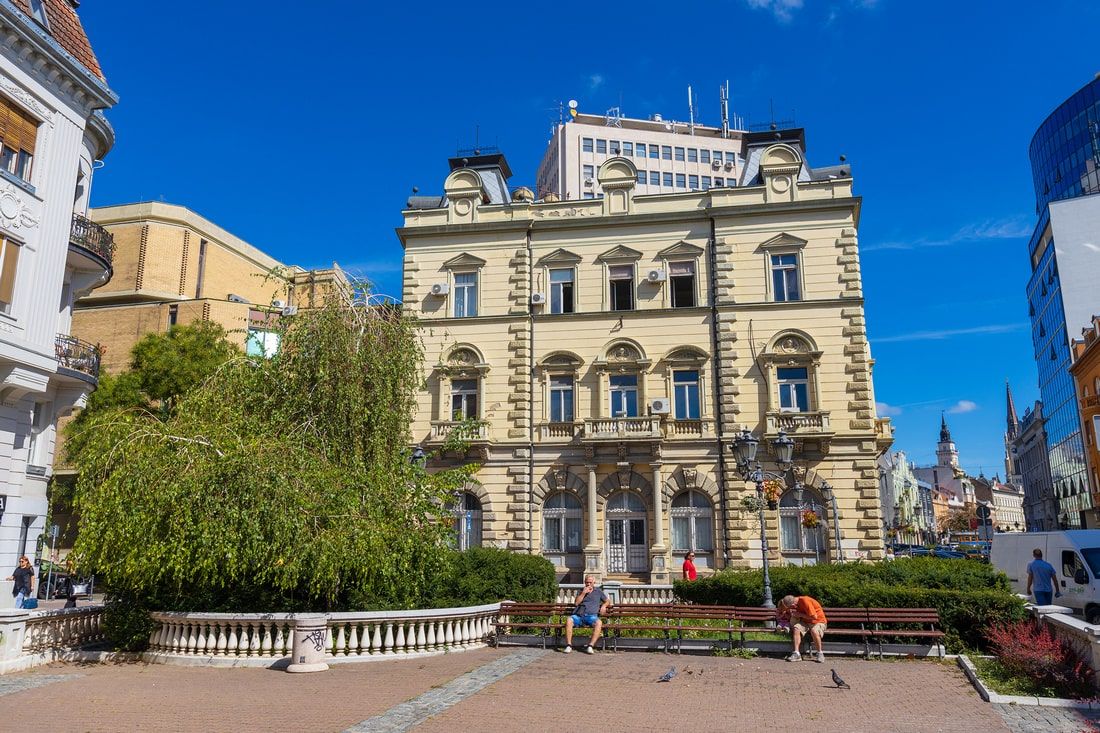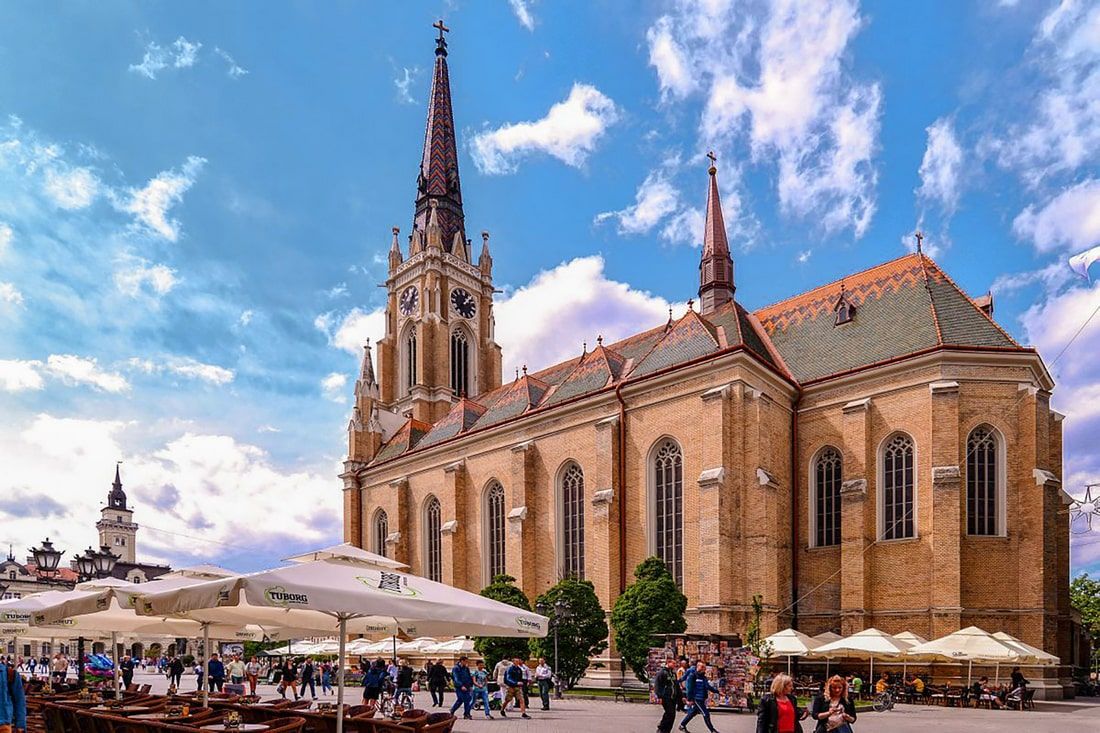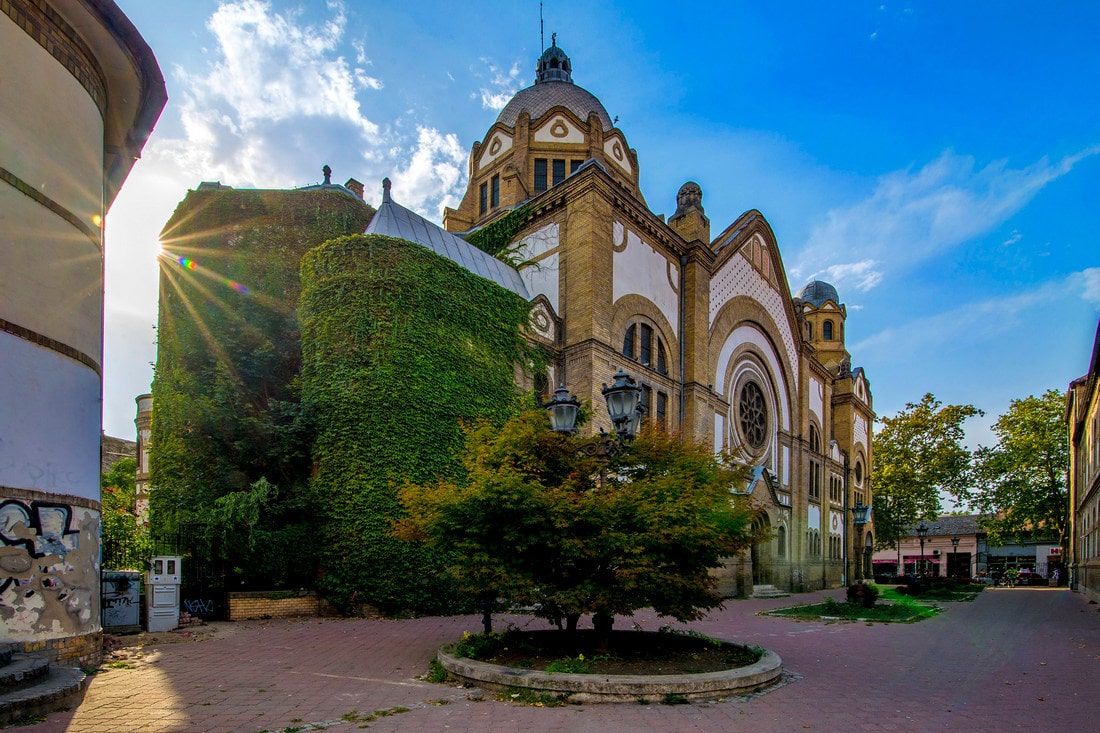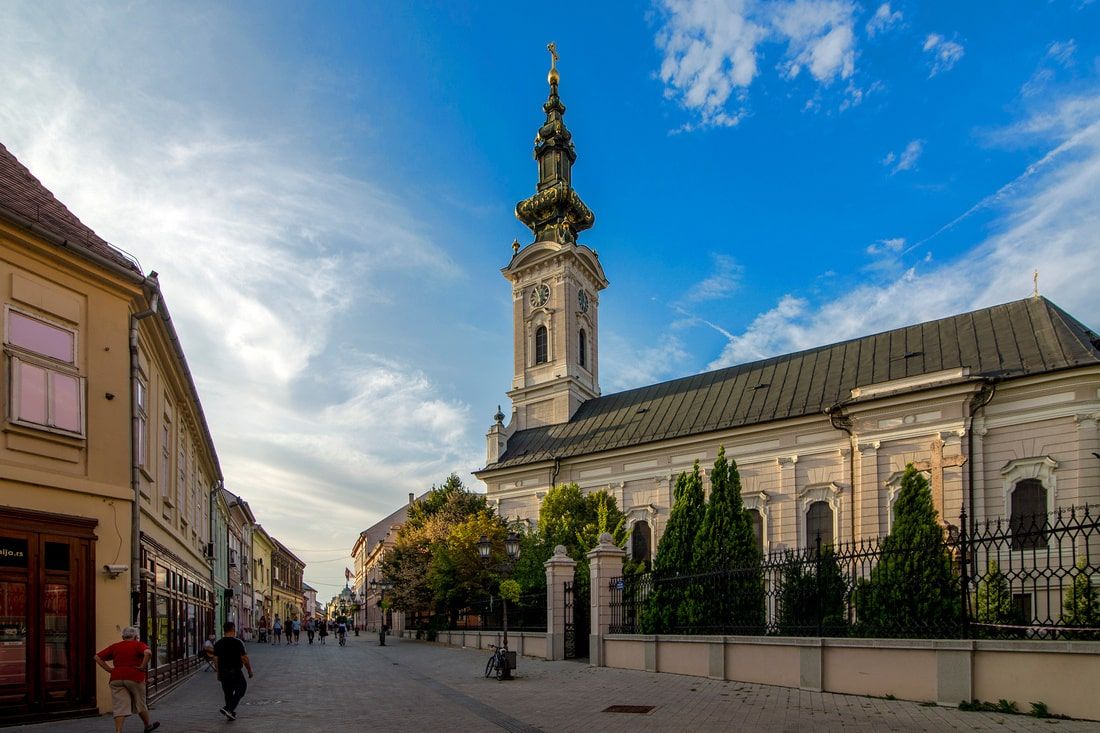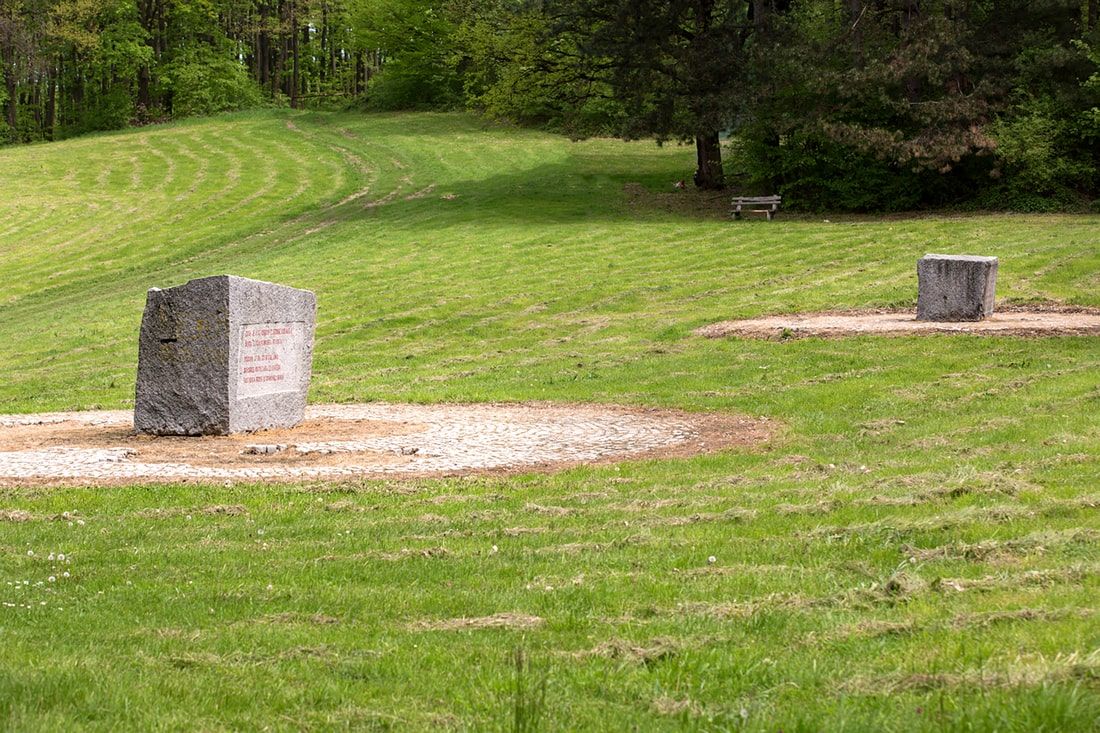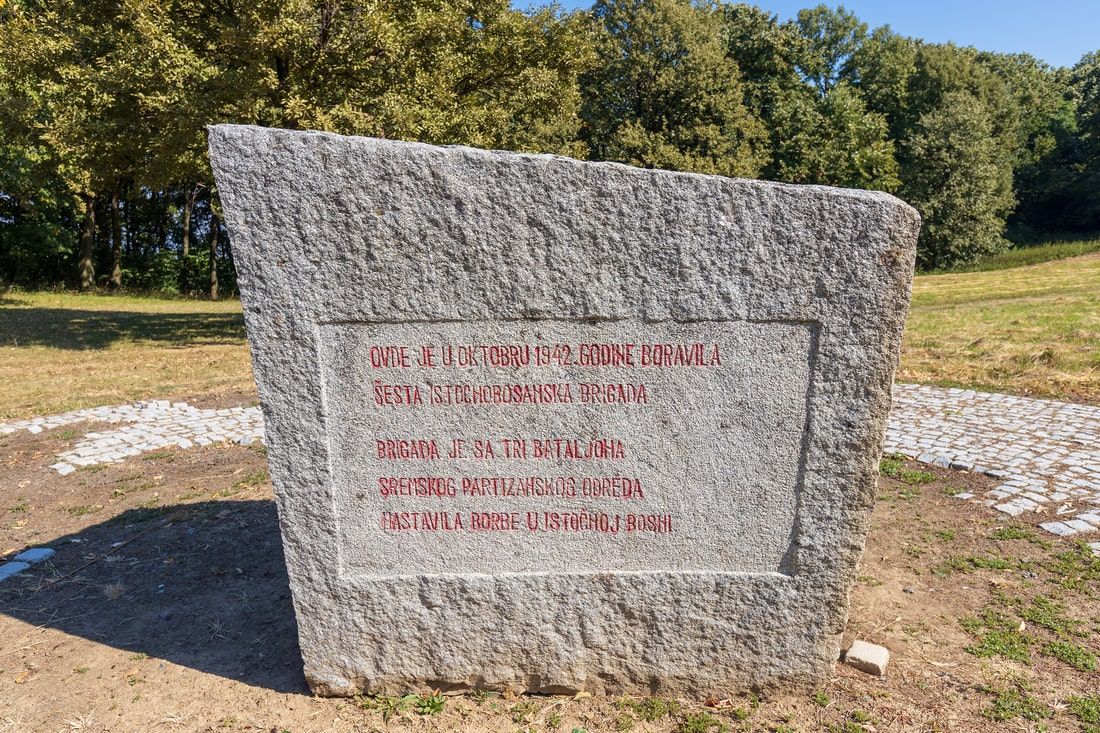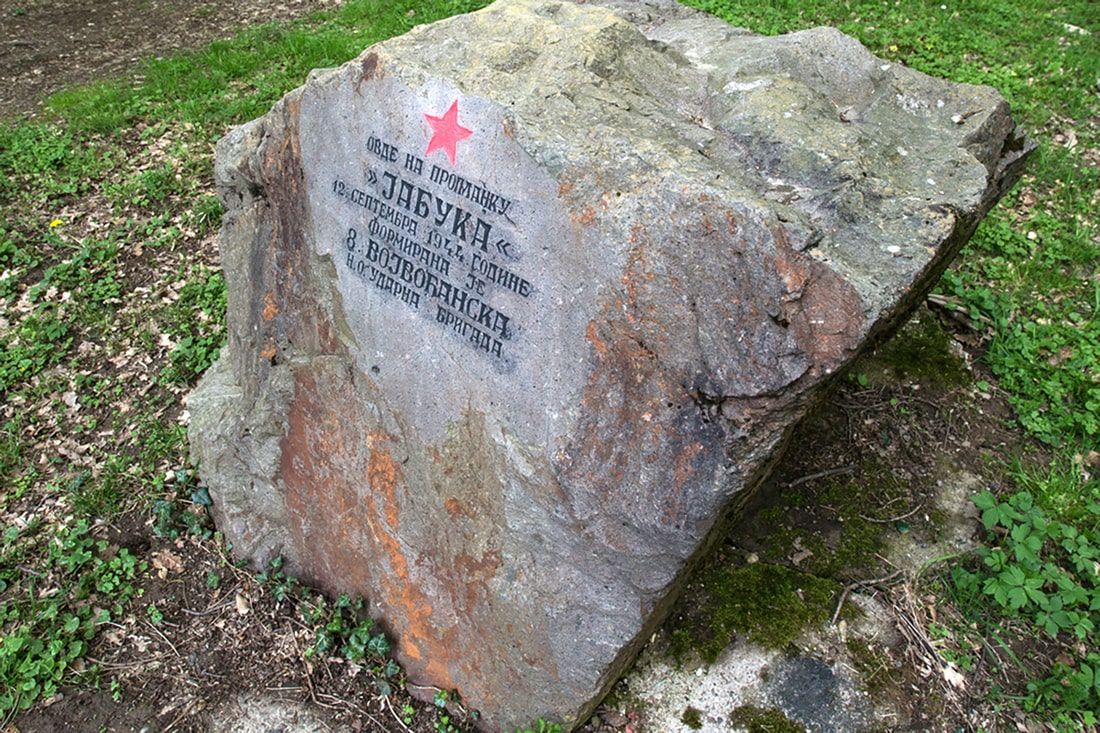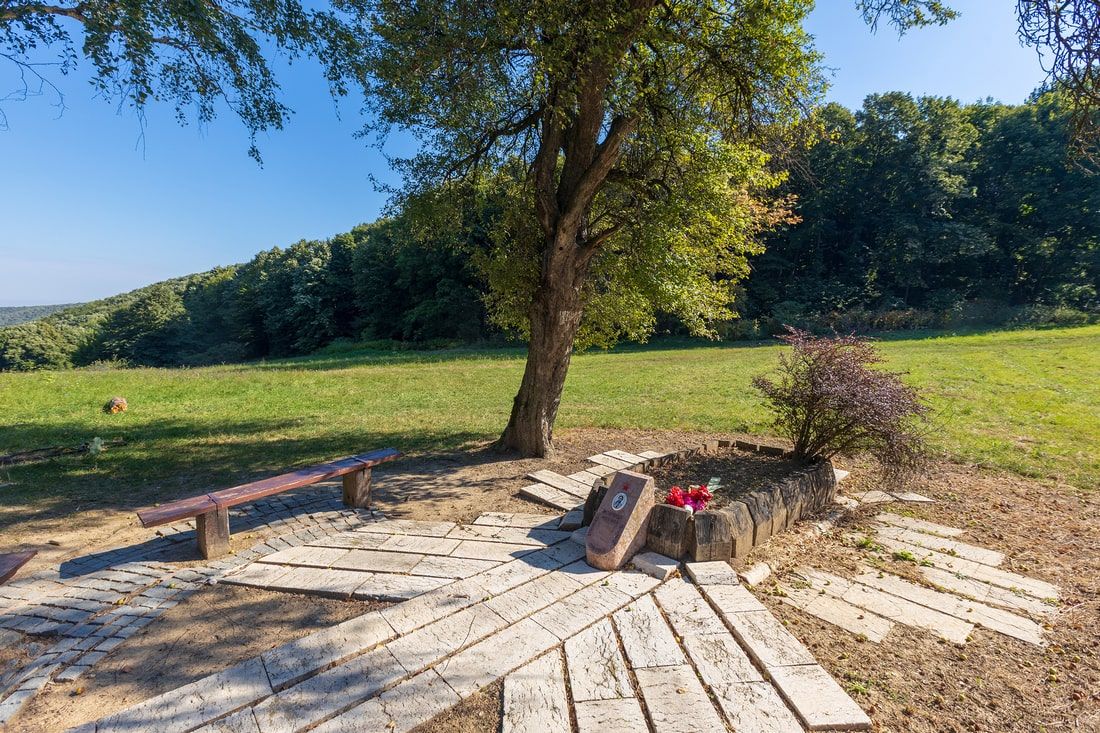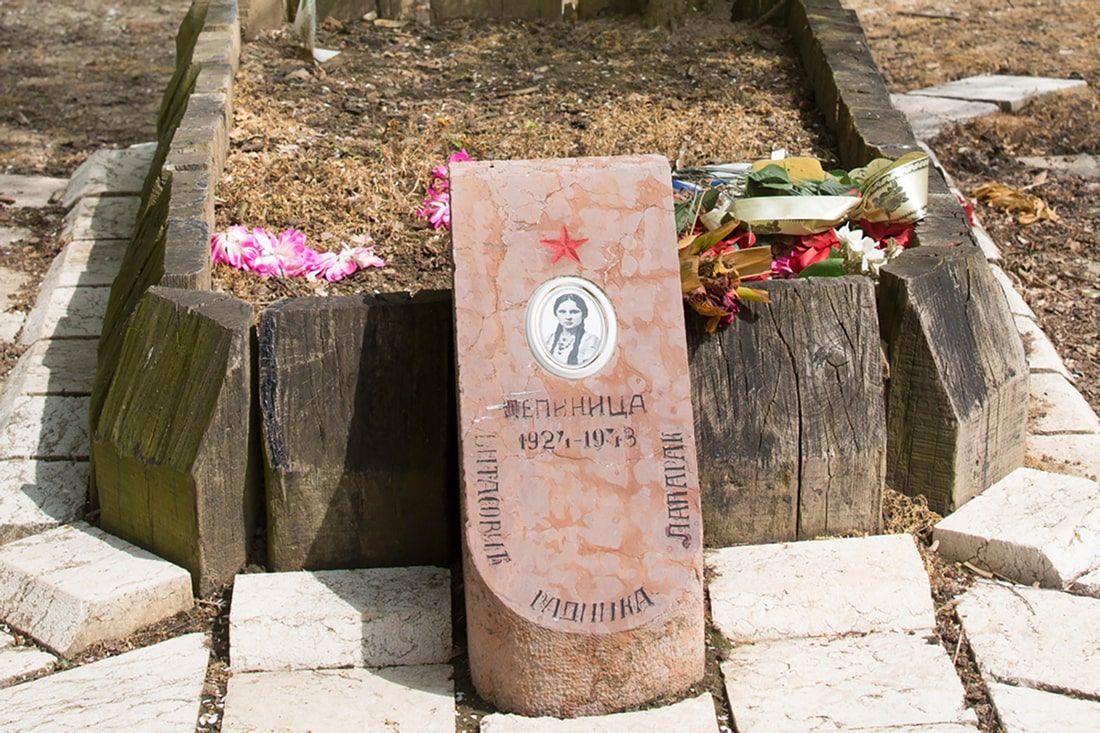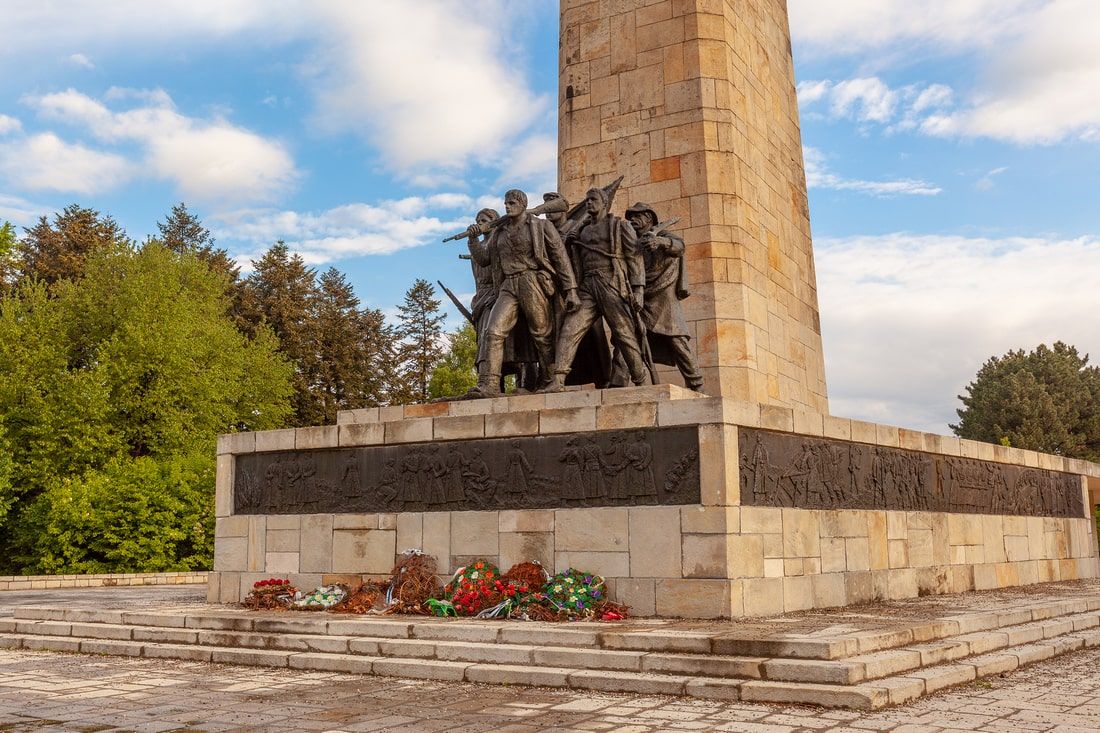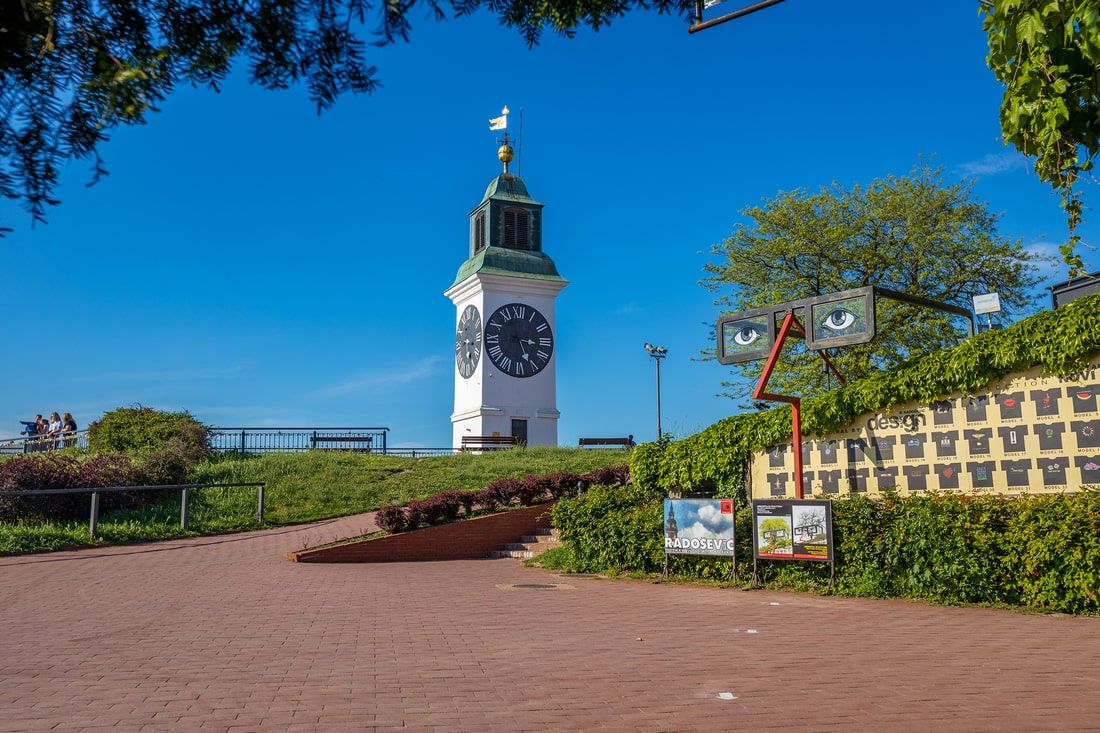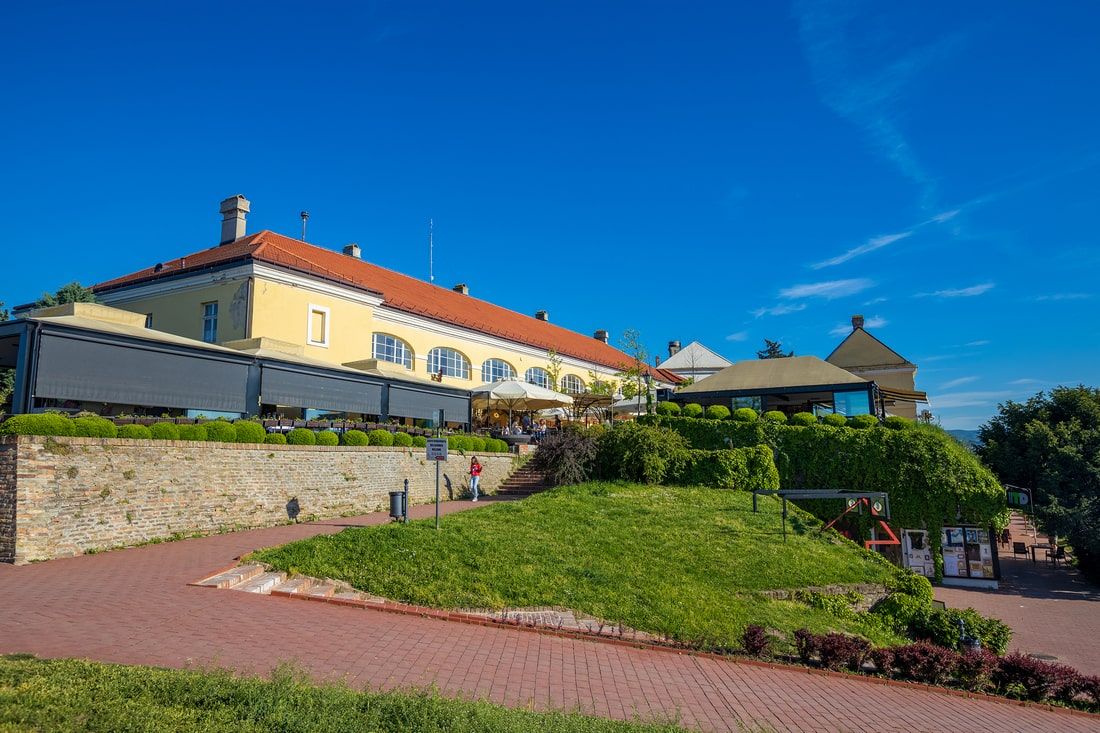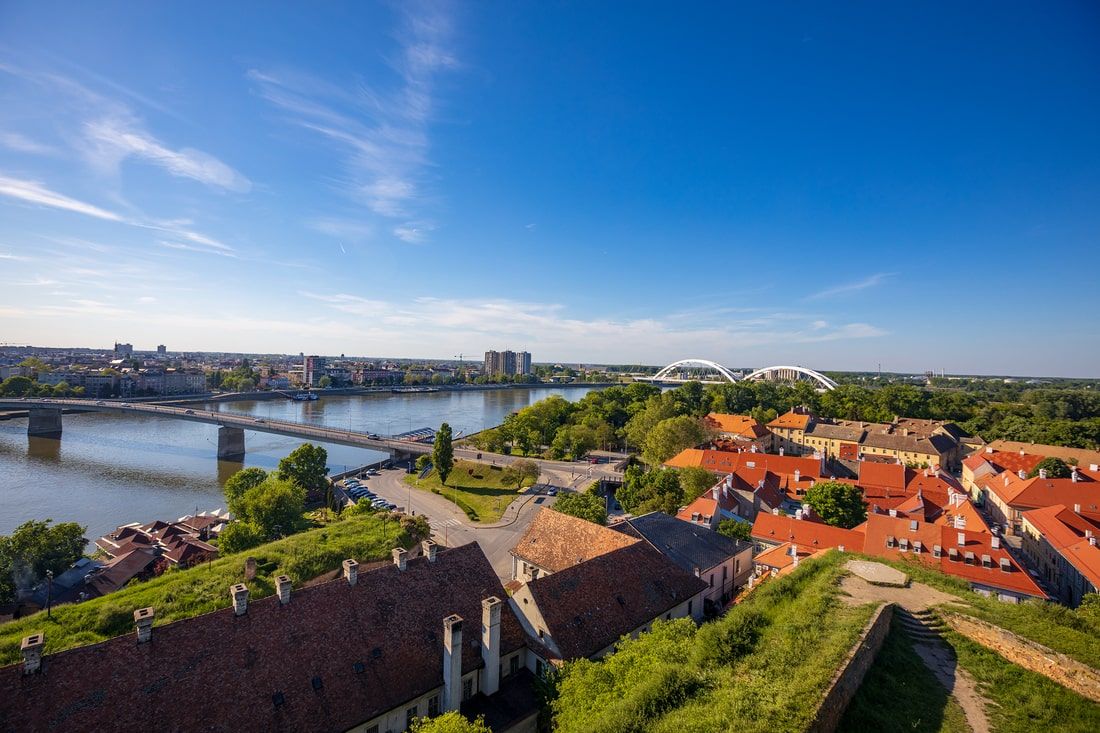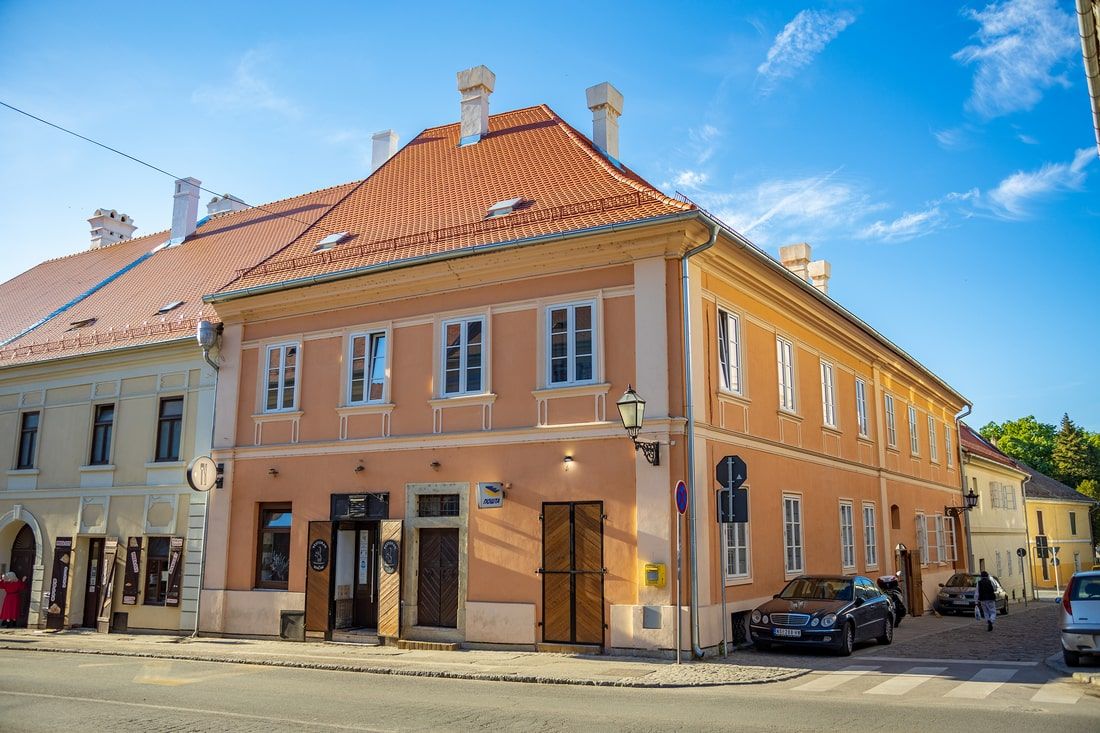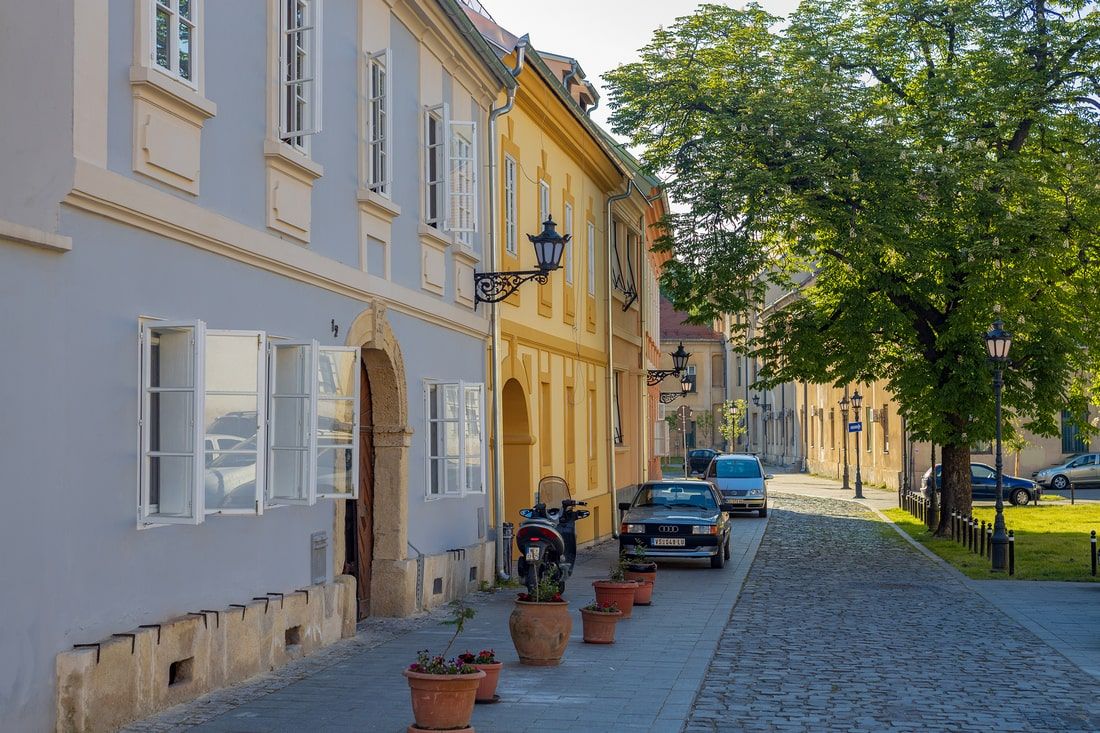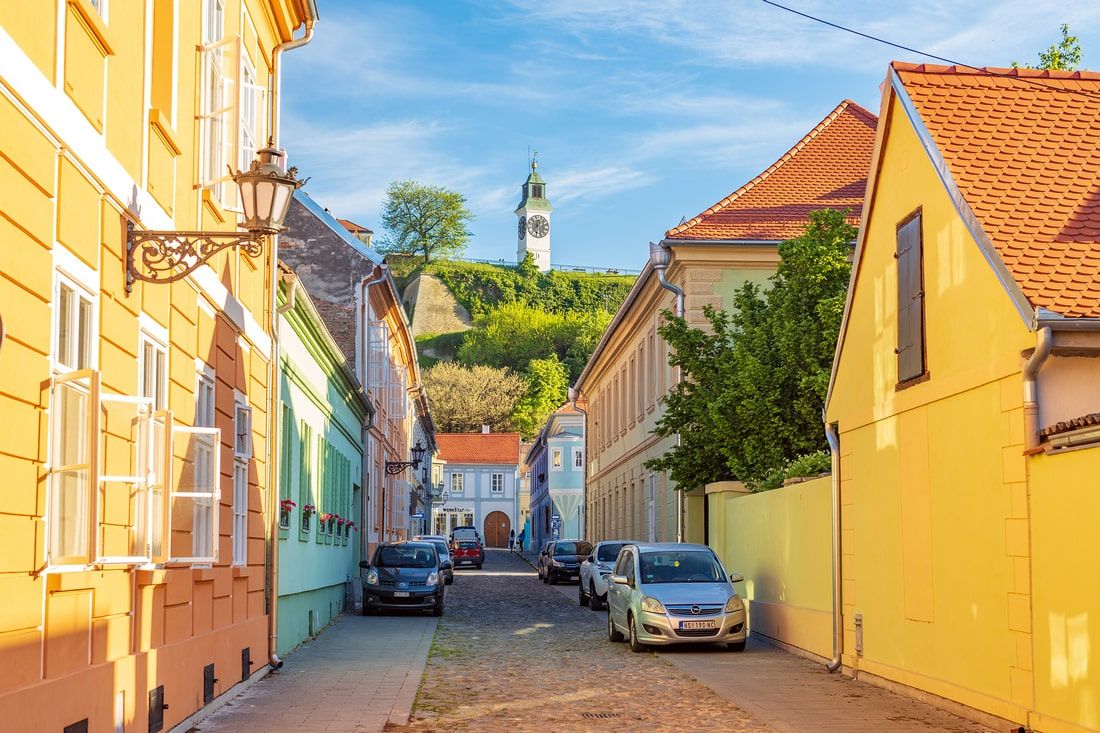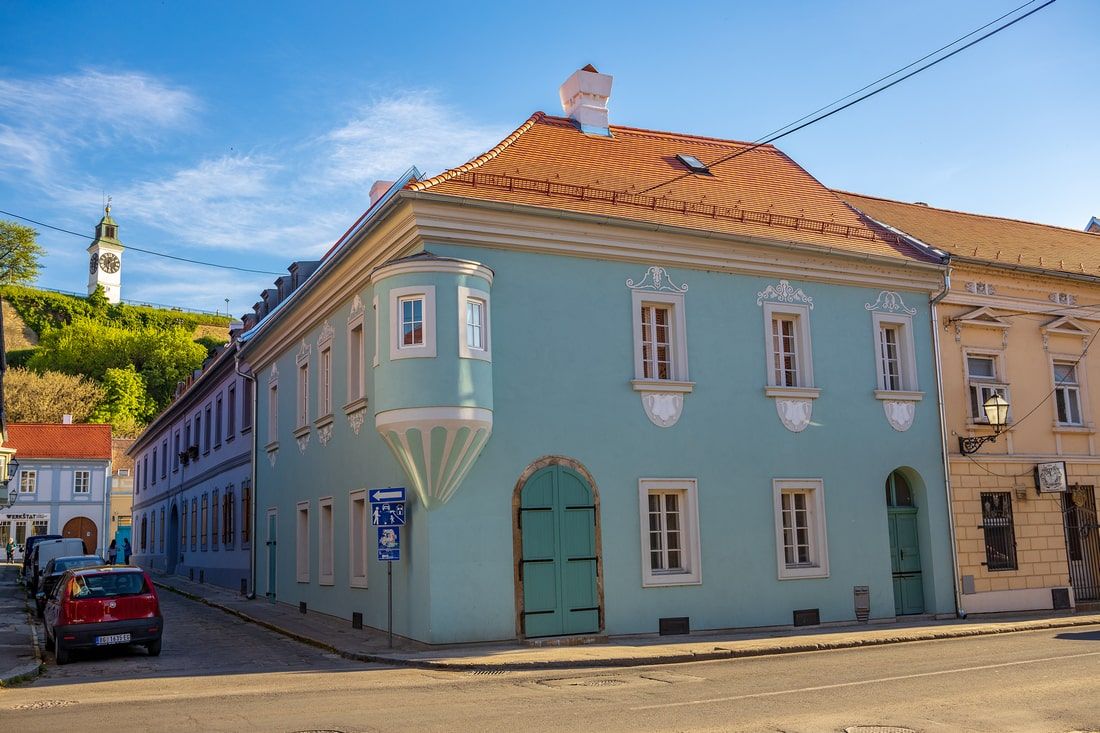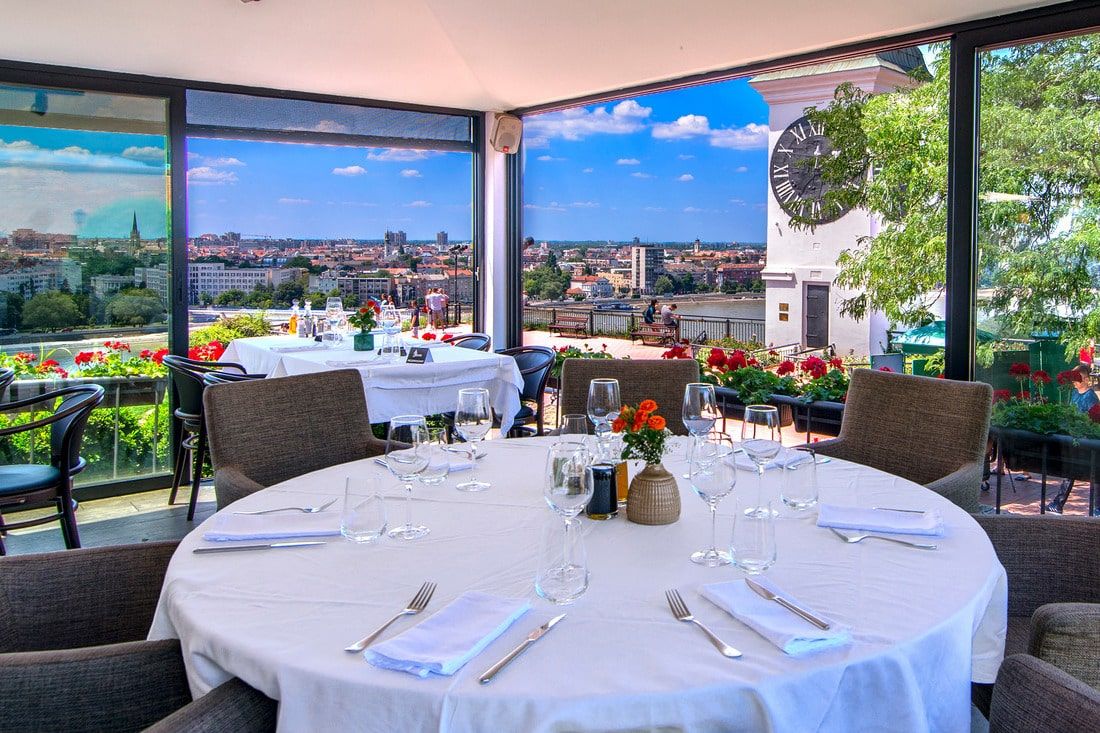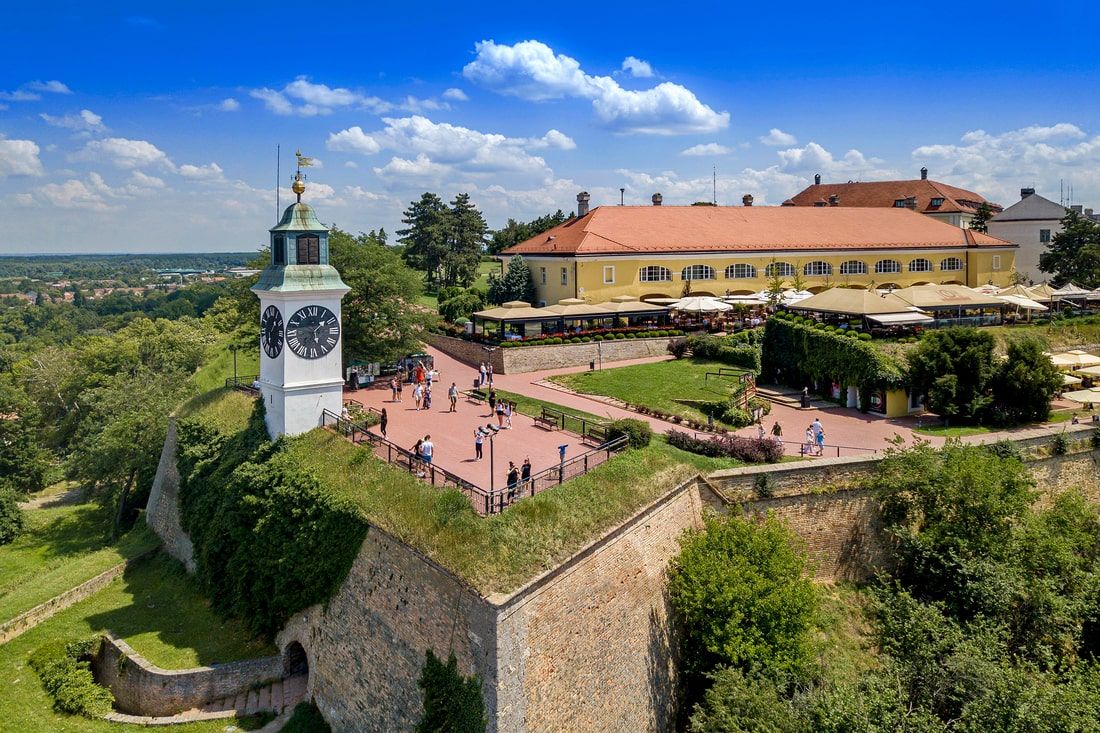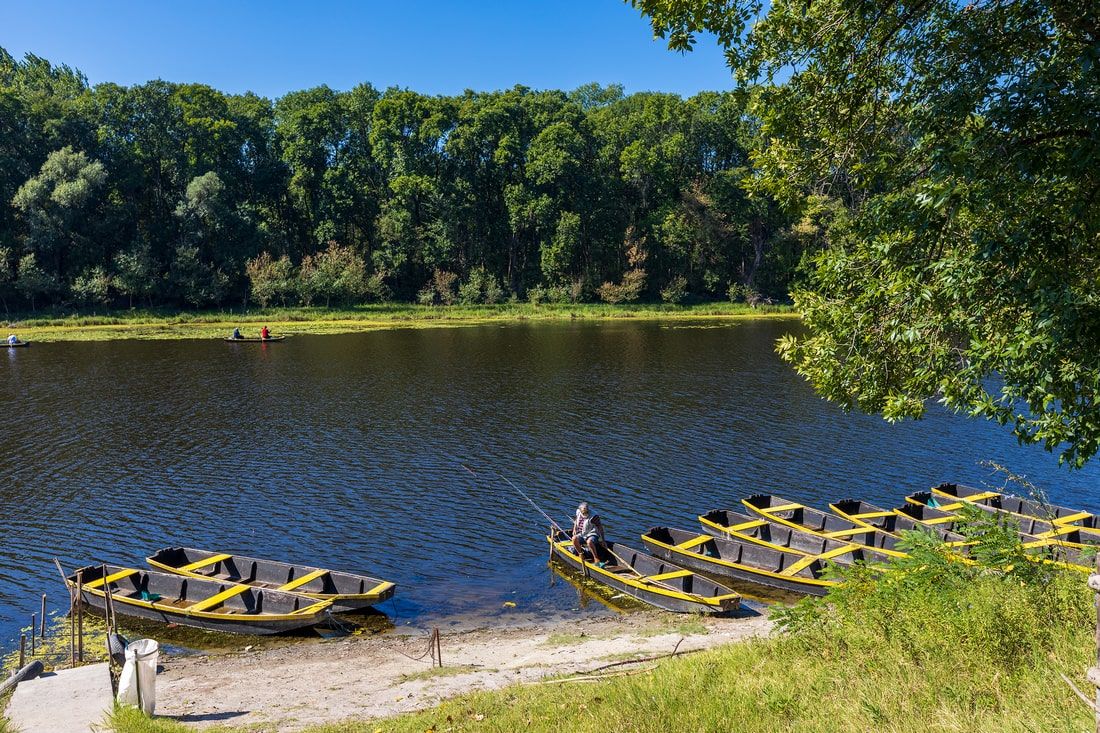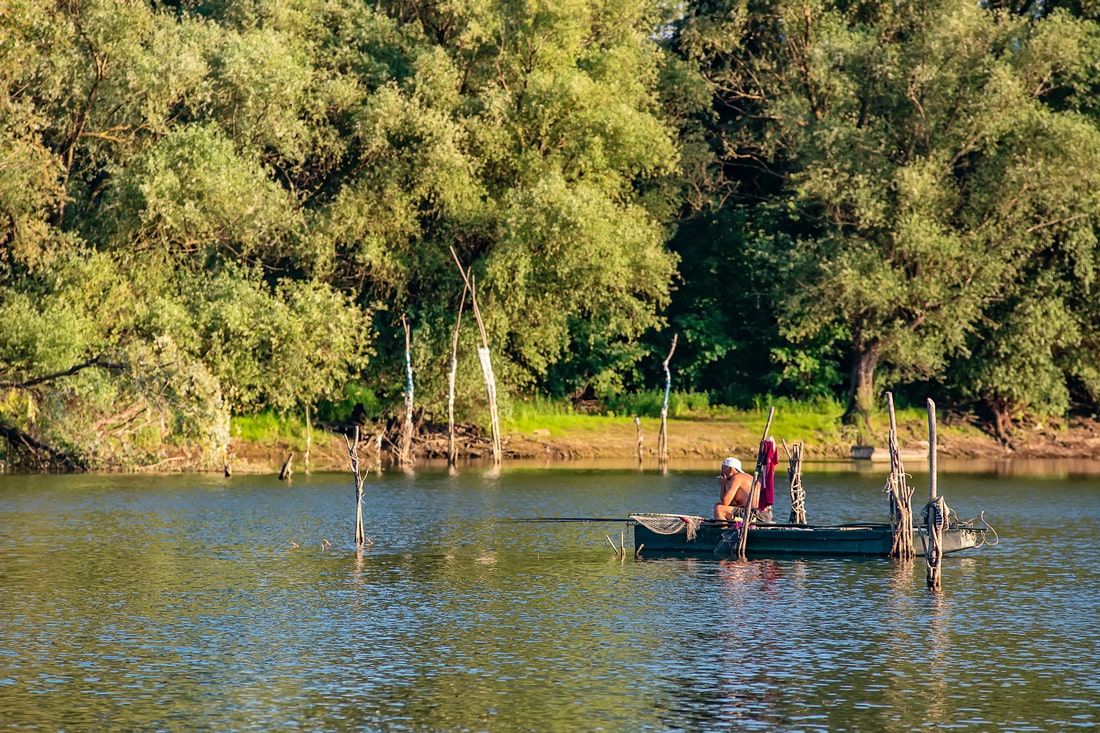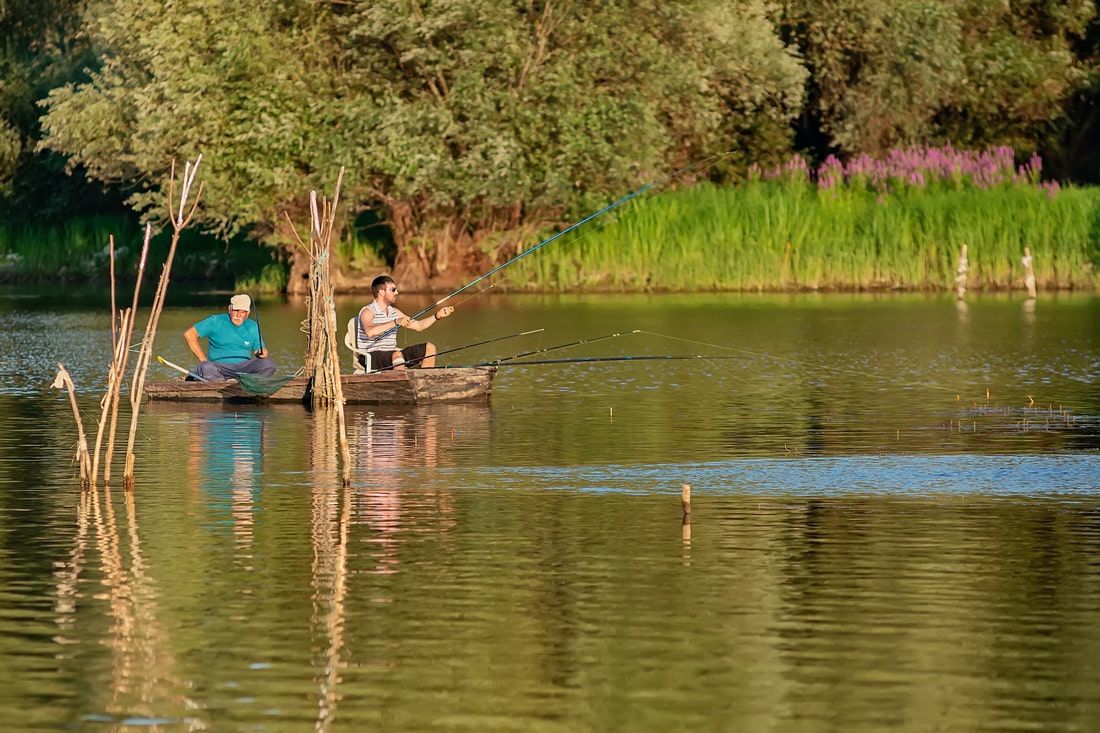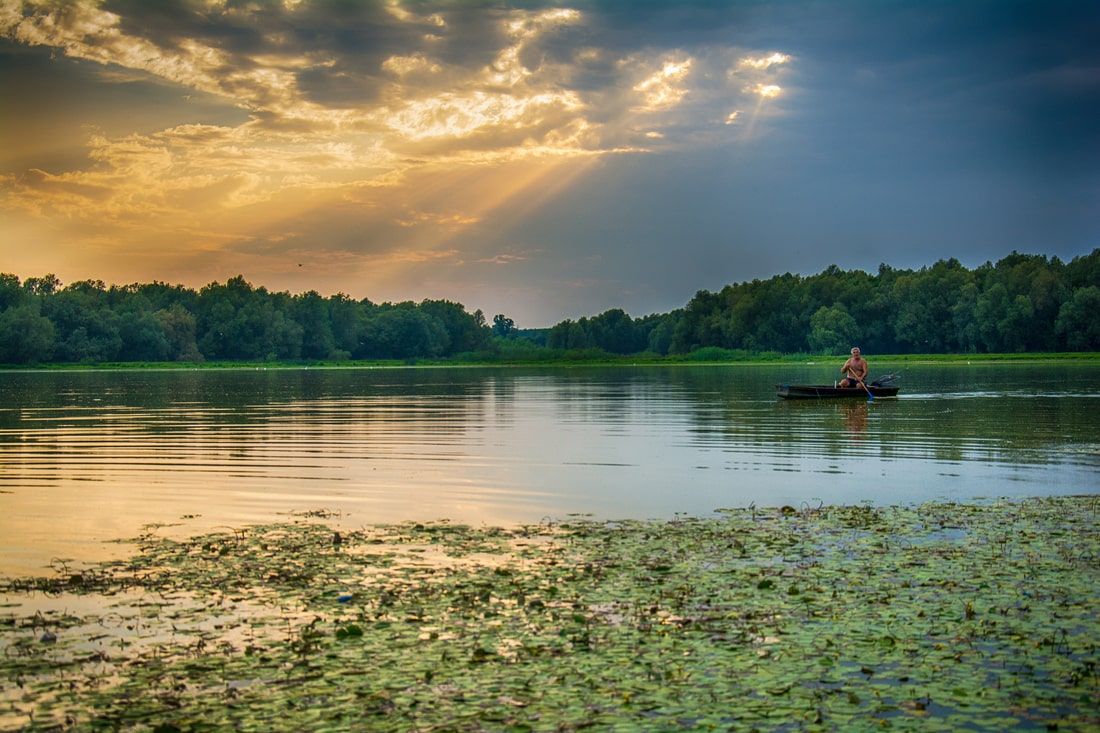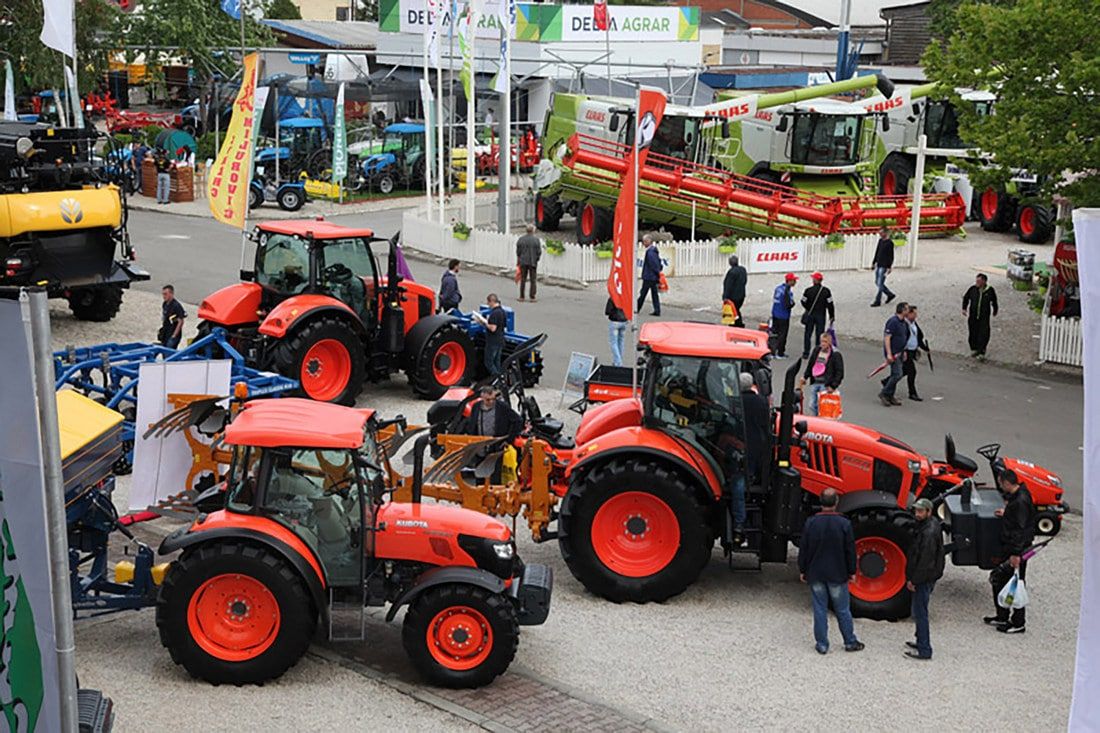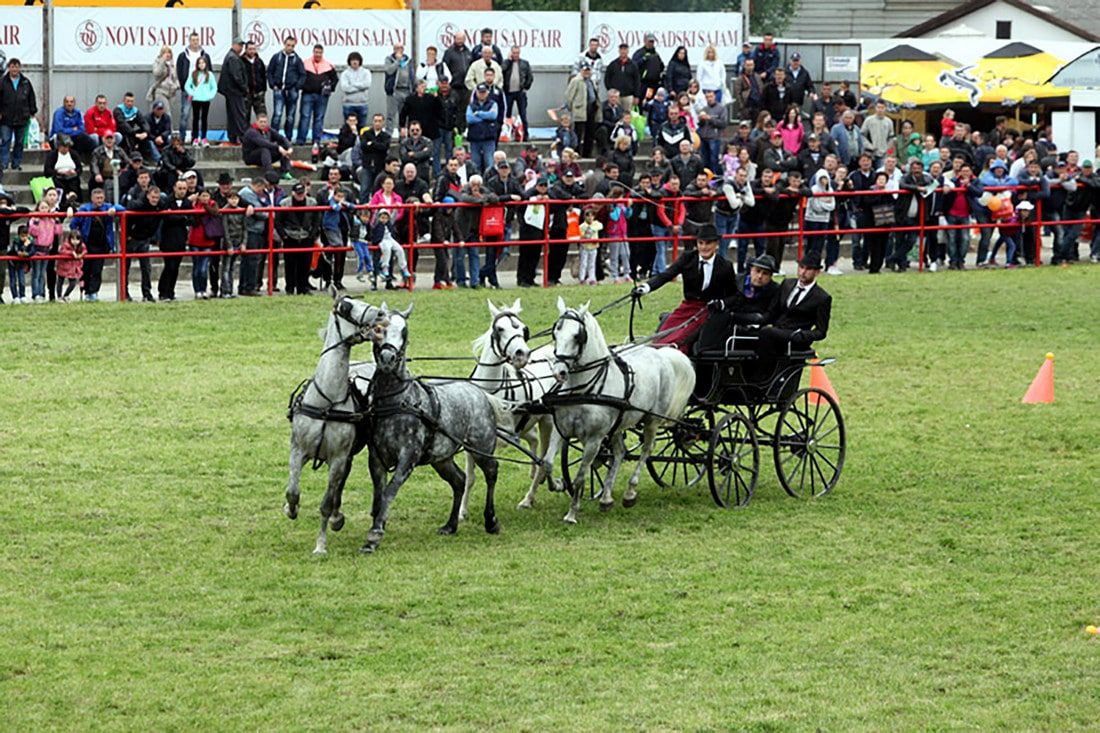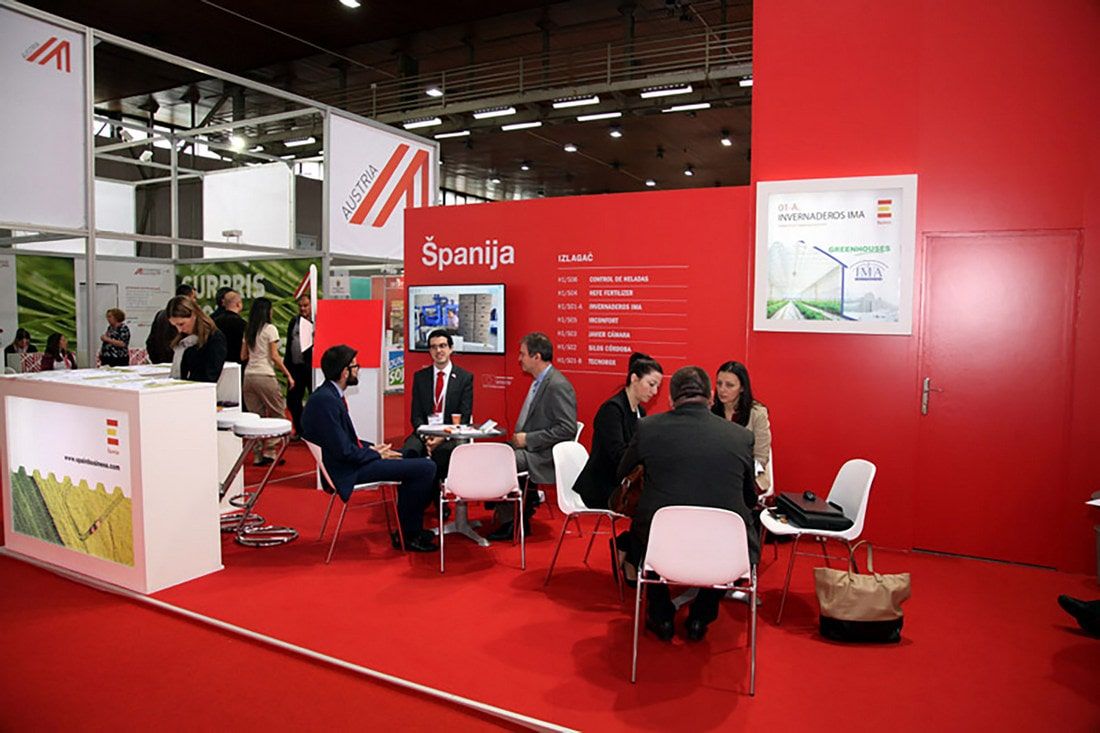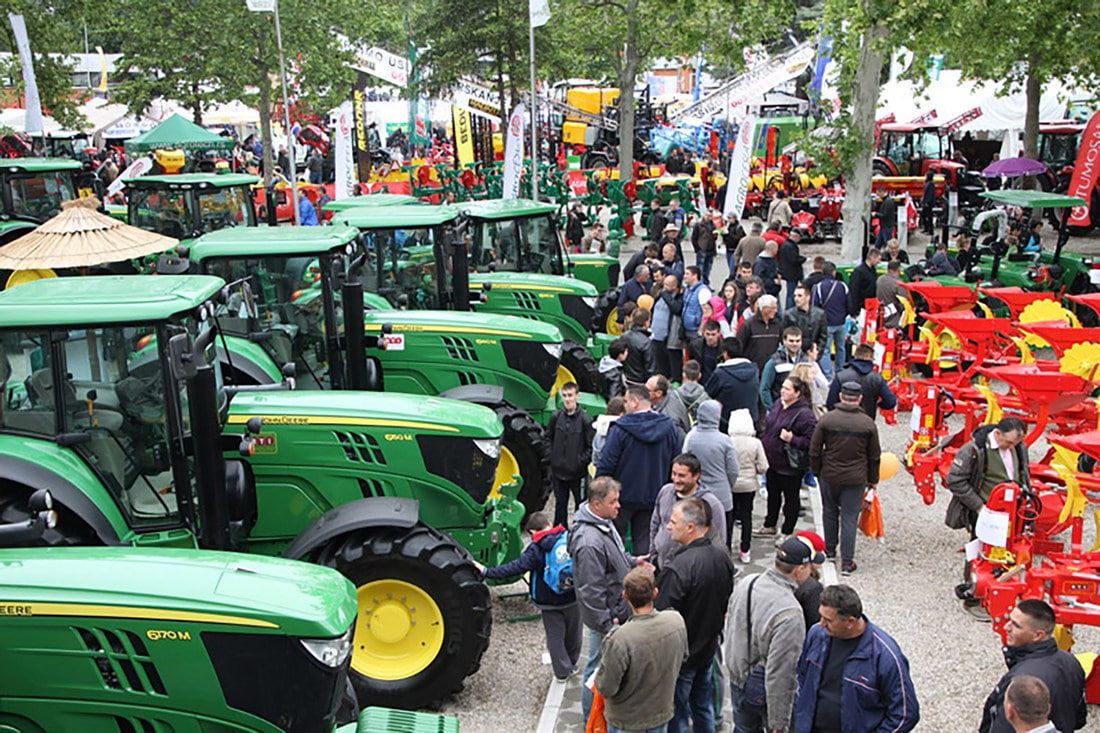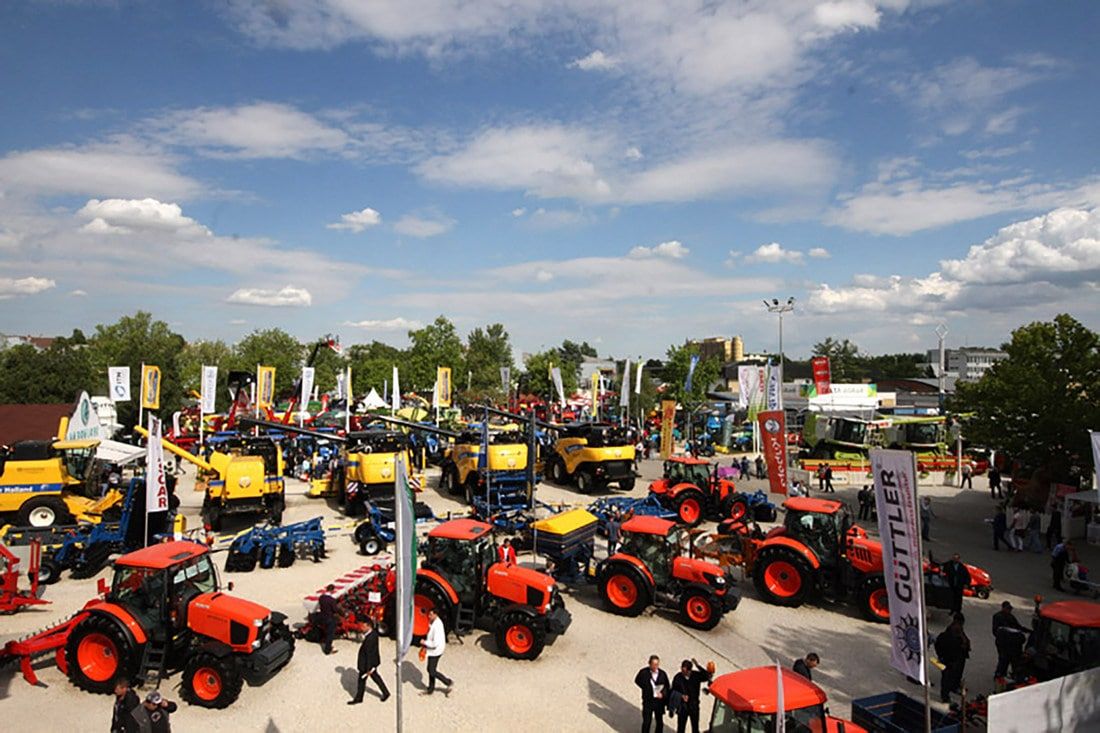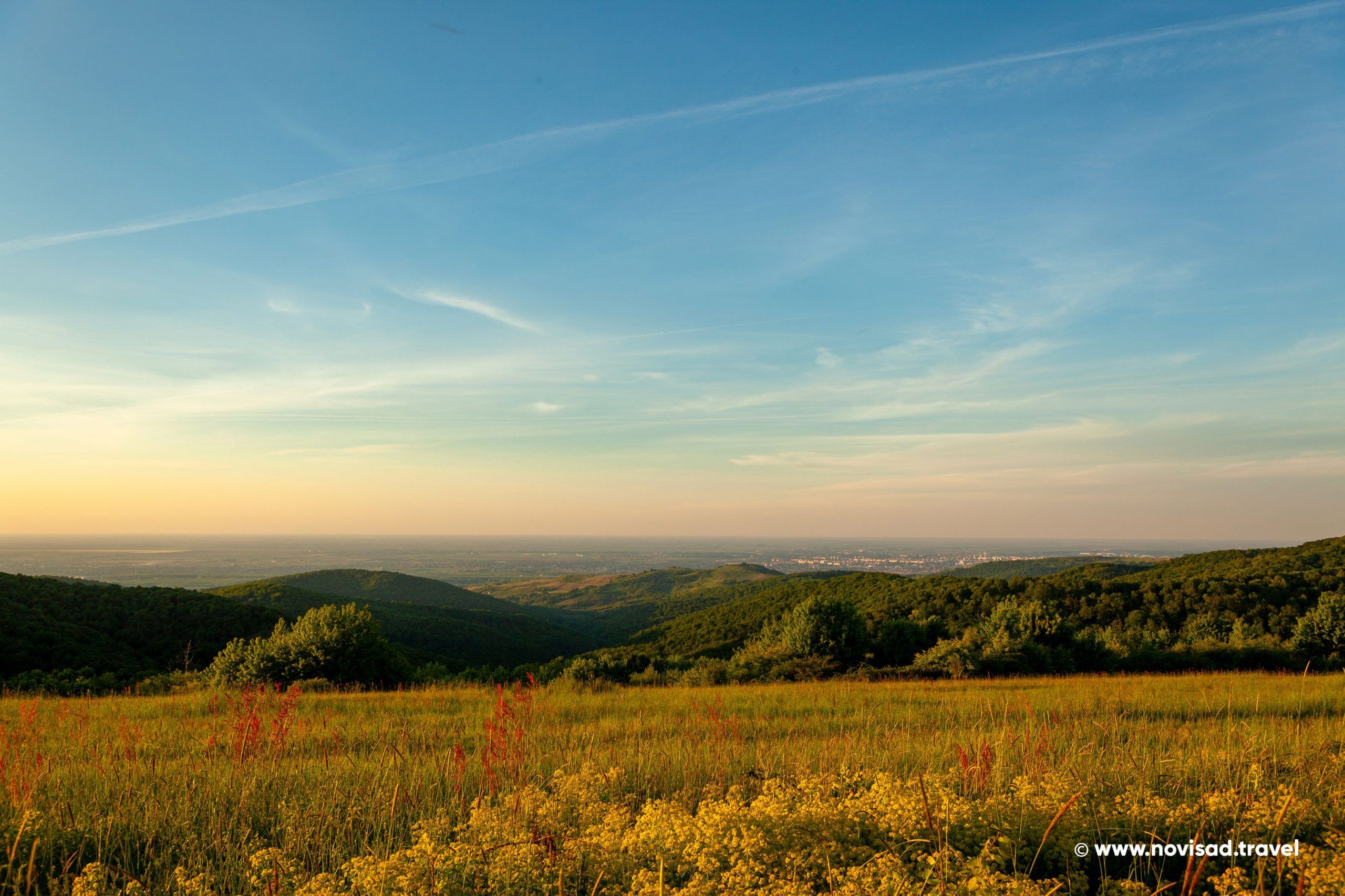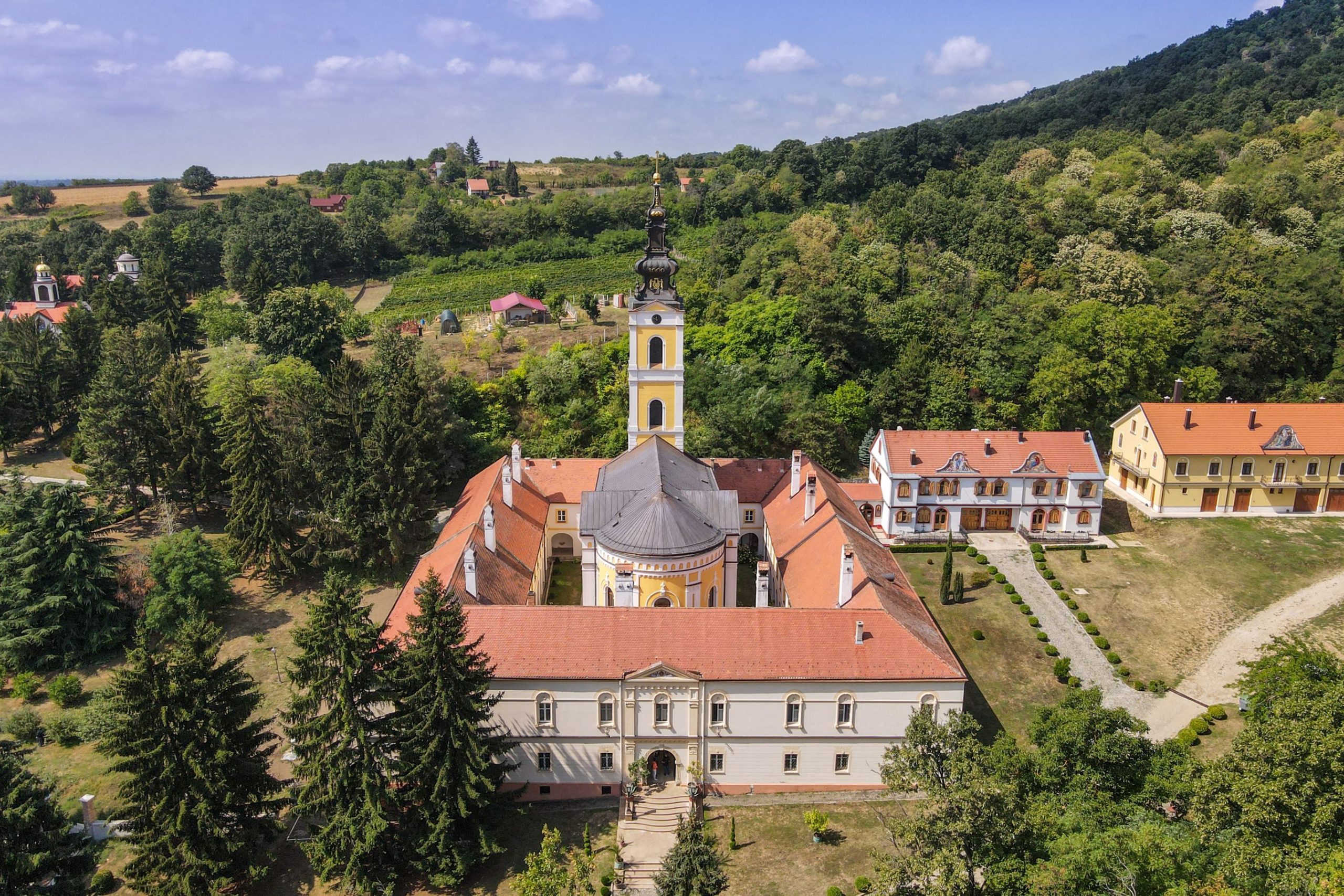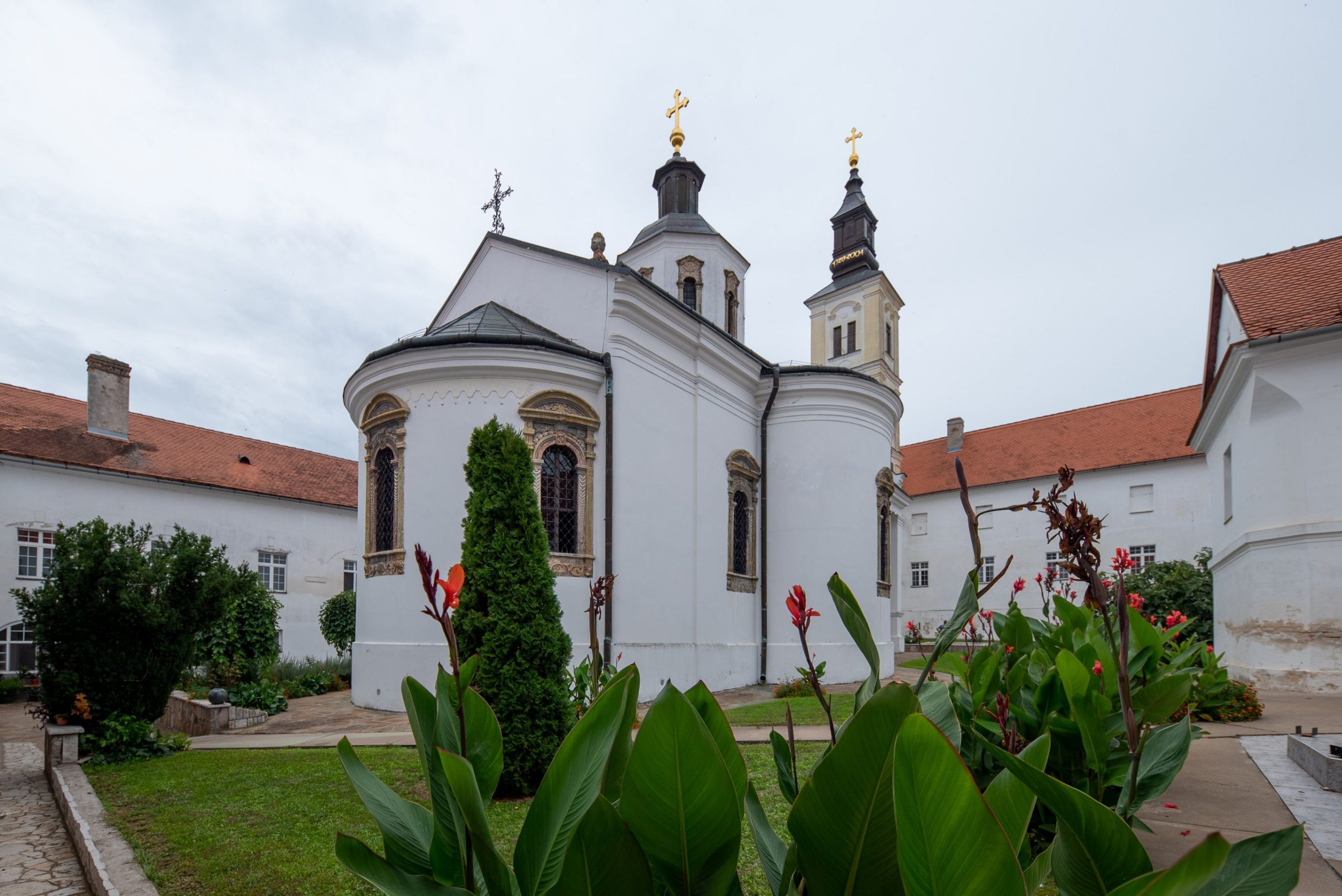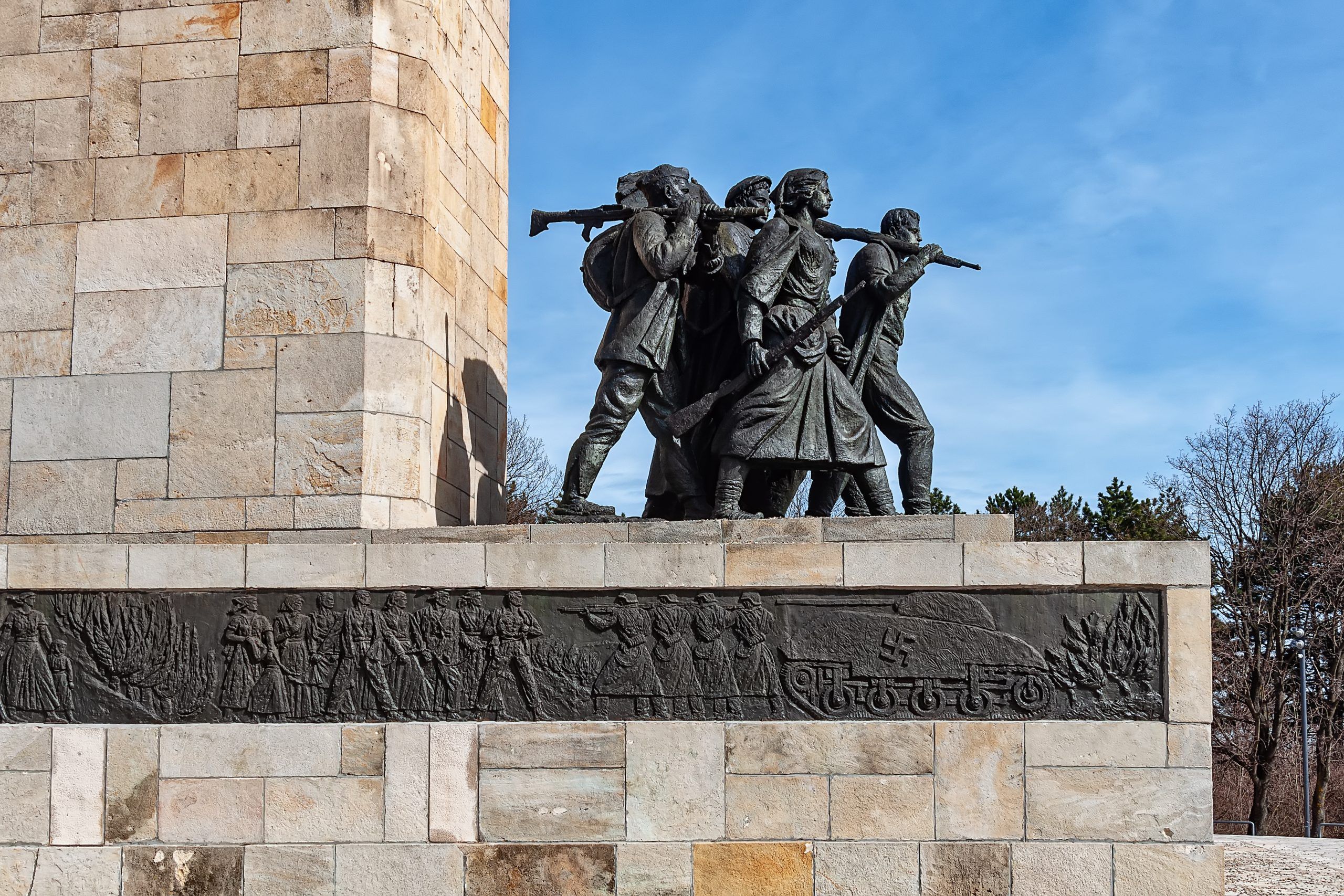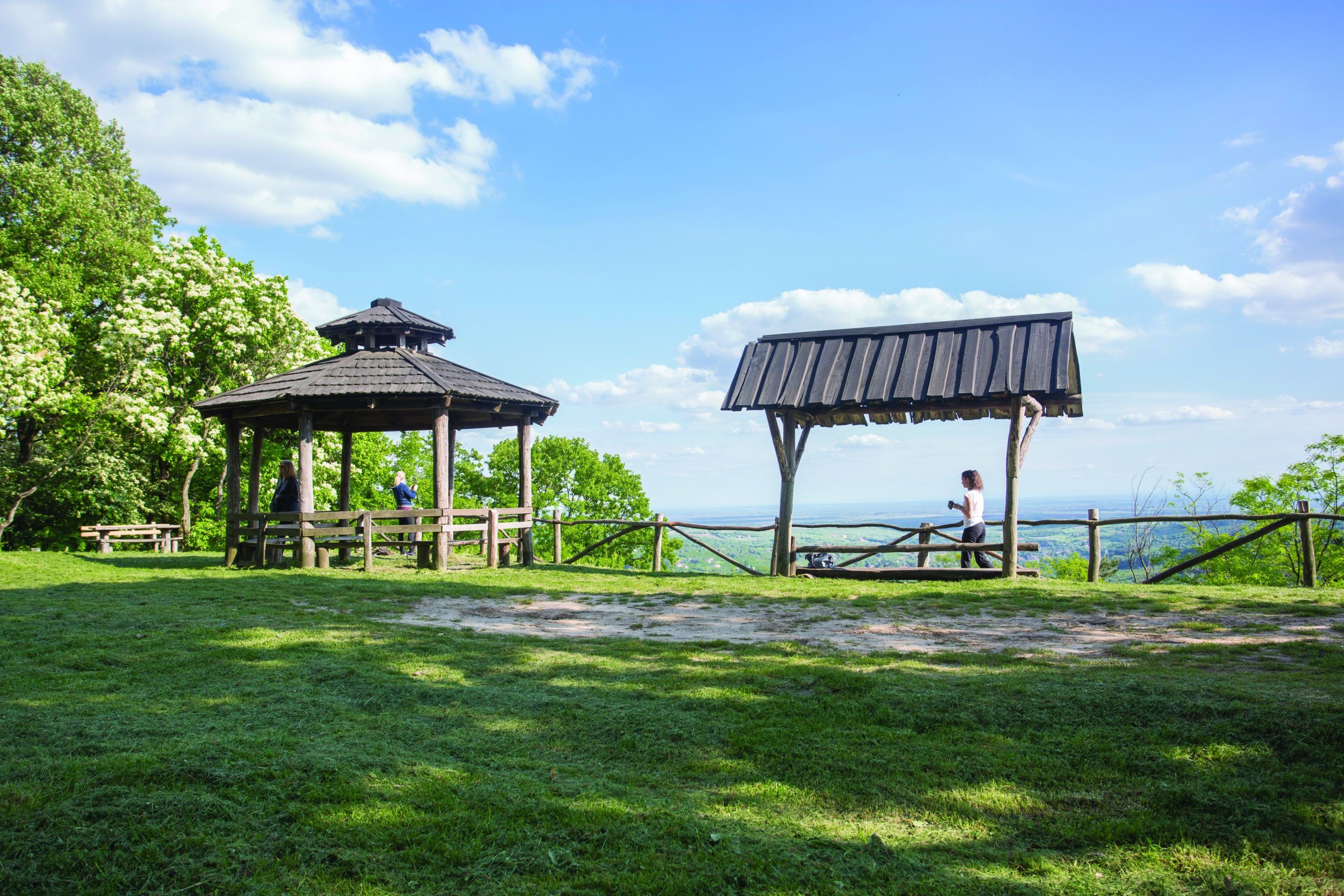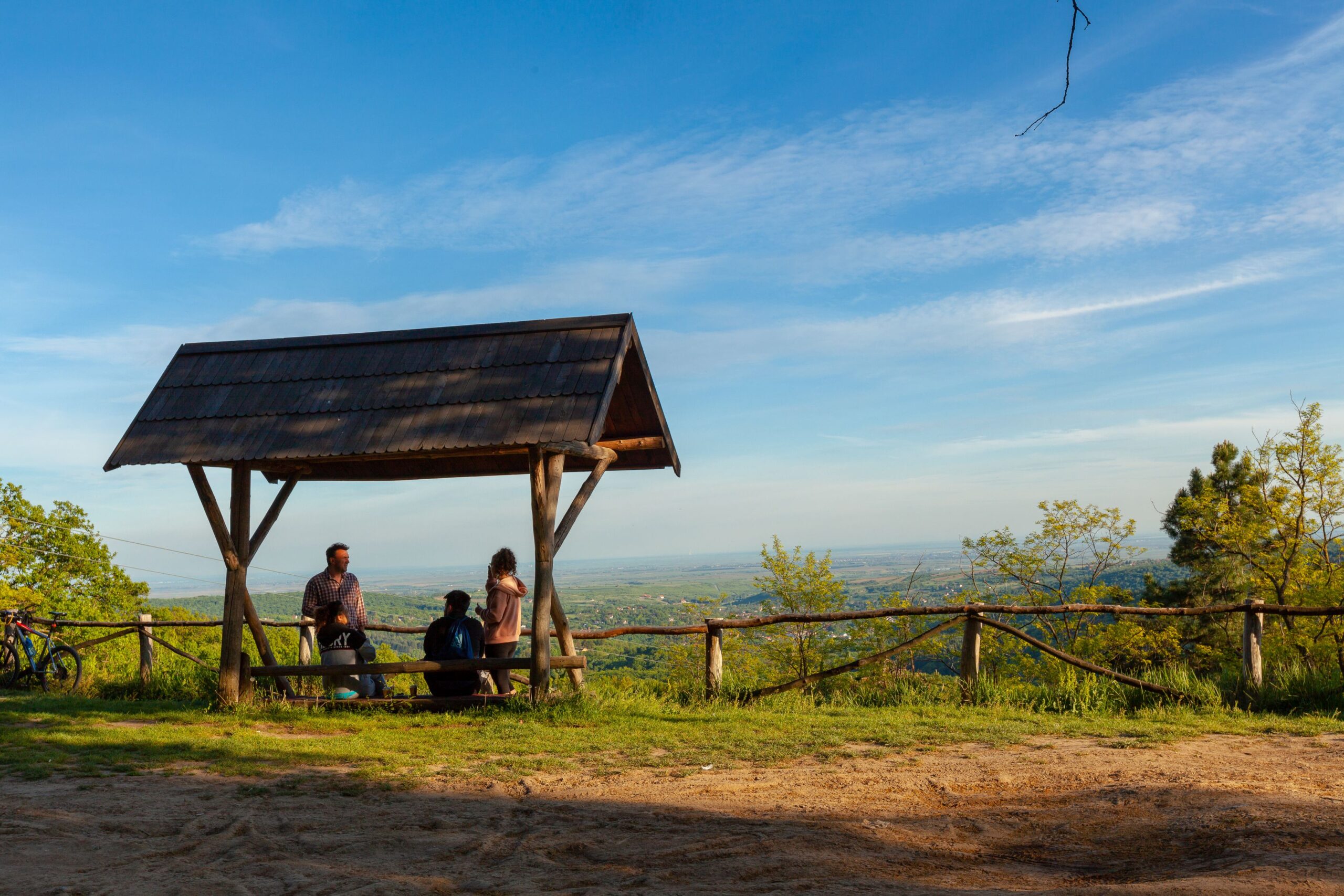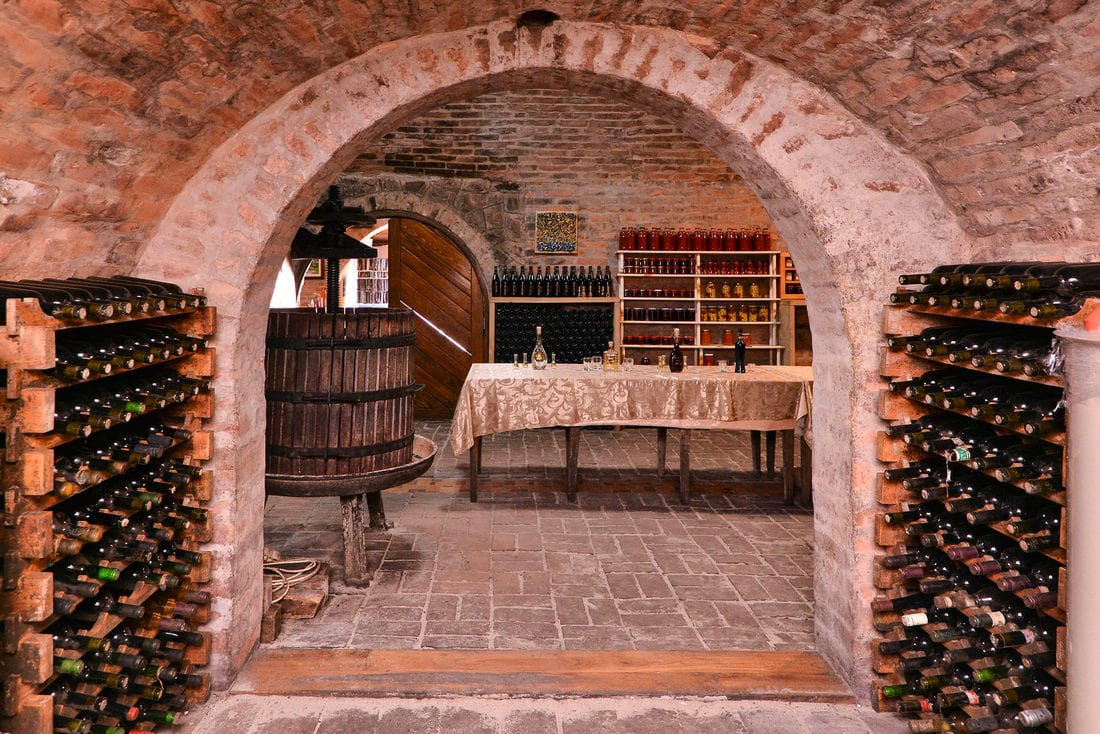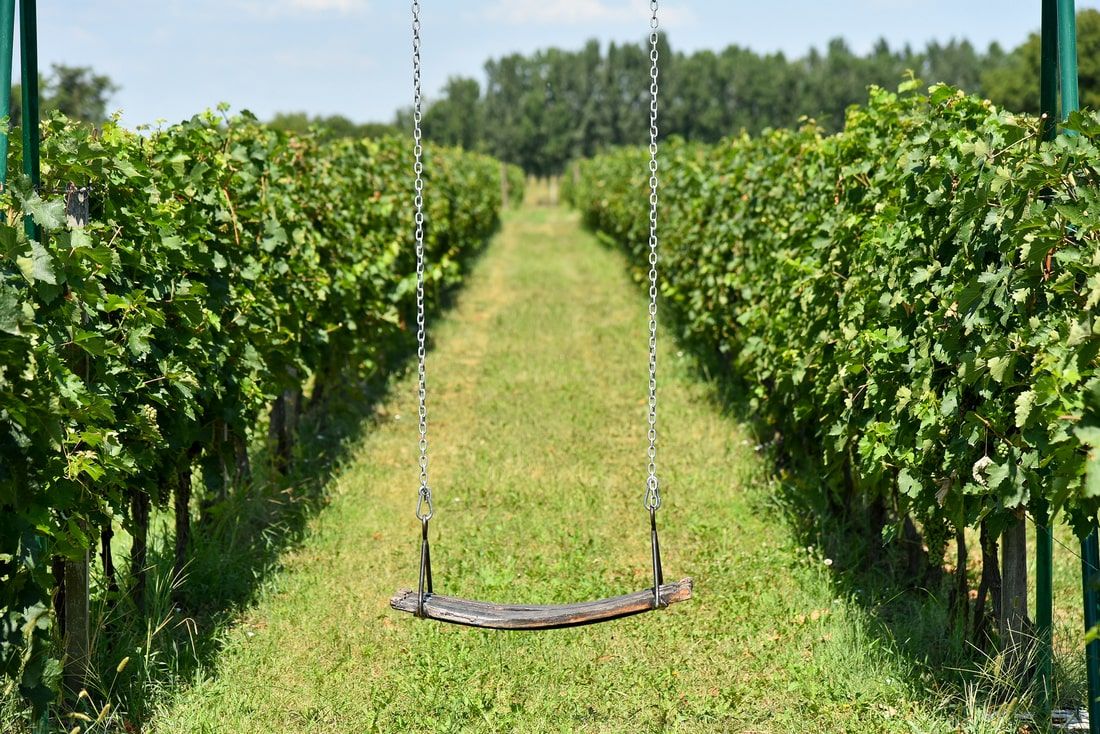52 Weekends - May
Old Town of Novi Sad
The center of Novi Sad is an exhibition pavilion of different architectural styles, from Baroque to modern. In the luxurious row along Zmaj Jovina and Dunavska Street, there are powerful buildings and churches, features of epochs past and historical events. But if you look closely, you will see numerous passages that lead through the bowels of massive buildings into vibrant spaces.
Former courtyards today are often inventive spaces that hide cafes and restaurants with gardens, pubs, galleries, bookstores, pastry shops, an occasional clockmaker, or other artisan, as well as shops with a wide variety of goods or souvenirs. There are passages where you can relax under the canopy of a giant plane tree during the summer heat, buy a book, then eat a giant sandwich in the store next door, or buy a special souvenir, but also those where you can hide from rain and end up drinking mulled wine, eating a strudel and looking at the paintings at an exhibition that takes place in the adjacent space.
The city center hosts various national cuisine restaurants: Veliki, Kod Fazana, Lazin salaš, Sokače, Fontana, Špajz Salaša 137 and many others.
Text: Gordana Stojaković
Fruška gora – places to rest and remember along the Partisan Road
The partisan road stretches along the central vein of Fruška gora in the east-west direction. Along this road there are numerous places reminiscent of the anti-fascist struggle of the people of Srem during World War II. Today, many such places (usually marked with a monument or other landmarks) are available to hikers. They are our places to rest and remember. These are: Iriški Venac, Široke Ledine, Rohalj Bases, Jabuka, Moša’s grave, Lepinjica’s grave and Gypsy camp.
Along the main part of Fruška Gora there are many places where you can escape from hot summer days. These are the well-known excursion sites Letenka, Osovlje and Brankovac and the less visited sites Orlove stene, Astali (Stolovi), Popov čot, Kraljev Izvor.
Along Fruška Gora’s main vein, six kilometers from Sviloš, there is the Villa Ravne, built by the Italian noble family Odeschalchi. After the Karlovac Peace, the Counts of Odeschalchi ruled over a large part of Srem. They were great builders and also helped in the development of winemaking, ever since they founded a winery in Erdevik at the beginning of the 19th century. Villa Ravne changed owners and purposes. Today, it belongs to the Government of AP Vojvodina and is not available for visits. What is available are the preserved forests of beech, linden, oak and hornbeam that surround the Villa. The Ravne site is under strictest protection due to the natural values it possesses. Beech forests at the Ravne site have been nominated for entry in the register of “Ancient and Primeval Beech Forests of the Carpathians and other parts of Europe”.
Part of the monuments and landmarks of the National Liberation War along the Partisan Road, which connects Banstol on the east side and Neštin on the west side of Fruška Gora, has been included by the Tourist Organization of the City of Novi Sad in a special tourist route called “Rebellious Fruška Gora”.
Learn more about this topic HERE.
Text: Gordana Stojaković
Petrovaradin Fortress
Petrovaradin Fortress, also known as “Gibraltar on the Danube”, one of the largest, best preserved and most complex fortresses in Europe, a true masterpiece of 18th century military architecture. The upper city is dominated by the most recognizable symbol of Novi Sad, the Clock Tower or the “Drunken Clock”, at the base of which you can enjoy the most beautiful view of Novi Sad, the Danube and the slopes of Fruška Gora. The old walls and gates will take you back to the past and the time when the fortress was impregnable. The once barracks and military facilities on the fortress are restaurants and cafes today, but also art studios and institutions such as the City Museum, Studio 61, Space Museum.
At the foot of the Fortress is the Lower Town, “Gradić”, a romantic baroque quarter of colorful old houses intersected by narrow streets. The Roman Catholic Church of St. George with its mystical crypt is a highly valued location for sightseeing, as well as the Serbian Orthodox Church of St. Paul, as well as the birth house of Ban Josip Jelačić.
The Petrovaradin Fortress also hosts the most famous Novi Sad festivals such as exit and the Street Musicians Festival (Gradić Fest).
Restaurants on the fortress provide a unique experience complemented by a variety of gastronomic specialties, good wines and sounds of tamburica. The gastronomic offer consists of restaurants: Terrace, Sat, Karlo Tvrđava, Balkan Express 021, Aqua Doria, Le Klok Bistro.
Petras, the equestrian club, is tucked away inside the ramparts of the fortress. The club offers recreational and therapeutic horseback riding. The club also has a pony corner for the youngest, as well as a canteen for rest and enjoyment.
More details can be found at the following link: https://novisad.travel/petrovaradinska-tvrdava/
Text: Miloš Dunjić
Kovilj – a fishing paradise
Many people enjoy fishing as way to rest, relax and forget about schedules and obligations on the water. The Novi Sad area has always been directed to the Danube and its branches. One of the most famous fishing destinations in Novi Sad is certainly Kovilj and Kovilj-Petrovaradin marshes. It is mostly fished at the sites of Arkanj, Šlajz and Tikvara, and if you are skilled and patient enough, you might get your hands on carp, pike, bighead carp, bream, and many other types. Daily or annual fishing licenses are obtained at the address of the Kovilj Forest Administration (JP Vojvodina šume) Duška Vickova 41, or with the fish warden.
At the same address you can find the Eco Center of Kovilj JP Vojvodina Šume, the custodian of the Special Nature Reserve Koviljsko-petrovaradinski marshes. With prior notice, they organize numerous eco-tourist programs: motor boat rides, walking tours of the reserve and “ecological classrooms” (https://www.vojvodinasume.rs/).
Text: Miloš Dunjić
Agricultural Fair
Novi Sad Fair is one of the most prominent fair institutions in this part of Europe whose roots can be traced to the 19th century, although the first official activity in modern form is considered to be the First Novi Sad Exhibition of Craft, Industrial and Agricultural Products from 1923. Since then, the Novi Sad Fair has been a prestigious meeting place for representatives of various industries and businesses who present their own products and services here, make deals with business partners and customers, and acquire knowledge about the latest trends in the areas in which they operate.
Among the fairs regard cars, sports, energy, ecology, education, goldsmithing, media, fashion, books and various other things organized within the Novi Sad Fair, the International Agricultural Fair and the International Fairs of Hunting and Fishing, Tourism, Ecology and Sports are among the most important, with the longest tradition and number of visitors.
Thanks to the International Agricultural Fair, Novi Sad was the European regional capital of agriculture in May. In the halls of the Novi Sad Fair, agricultural products and soil treatment machines are exhibited, among which tractors attract the most attention, as well as everything necessary for growing fruits, vegetables and animal husbandry. Among the exhibition spaces traditionally visited are those of the National Livestock Exhibition, where visitors often take photos of cows, sheep and unofficial stars of the show – bulls weighing from a ton and a half to two.
Text: Gordana Stojaković
Cycling routes – Fruška Gora
You can visit Fruška Gora and experience it on a bike. In the Info Center of the Fruška Gora National Park in Iriški Venac, you can rent bicycles with accompanying equipment and get information about the facilities in the park itself. You can also rent bicycles in the complex of the Fruška Terme Hotel in Vrdnik.
In order to experience Fruška Gora on bike in the best possible way, we have created circular cycling routes of your rides, which include excursion sites, WW2 monuments, monasteries, lookouts, equestrian clubs and many other sites.
Recommended recreational route:
1. Iriški Venac – Zmajevac – Iriški Venac – Sloboda Monument – TV Tower (Norcev Hotel) – Iriški Venac
Length: 13 km,
Ride duration: up to an hour
Average speed: 15km/h
Recommended more demanding routes:
1. Iriški Venac – Zmajevac – Vrdnik – Irig – Staro and Novo Hopovo – Iriški venac
Length: 33 km,
Ride duration: two hours
Average speed: 15km/h
2. Iriški Venac – Zmajevac – Brankovac – Pavlasov Point – Monument to Boško Palkovljević Pinki – Široke Ledine – Mala Remeta – Jazak – Vrdnik – Zmajevac – Iriški venac
Length: 37 km,
Trip duration: two and a half hours
Average speed: 15km/h
3. Iriški venac – Partisan Road (Sloboda, TV tower) – Velika Remeta – Krušedol (monastery, equestrian club) – Neradin – Grgeteg – Irig – Staro and Novo Hopovo – Iriški venac
Length: 48 km,
Ride duration: three hours
Average speed: 15km/h
Text: Miloš Dunjić
Novi Sad and Temerin winemakers
It may be an unusual claim for contemporaries that an urban, densely populated Novi Sad has winemakers and winegrowers within the city perimeters. Historiography records that in the first half of the 18th century, the inhabitants of the town, which was then called Petrovaradinski Šanac (Petrovaradin Trench), had about three hundred vineyards on the Srem, Fruška Gora side of the Danube. The phenomenon was so widespread that almost every middle-class family had its own vineyard. The need for wine production was so great that those inhabitants of the Trench who cultivated the vineyards on the monastery estates agreed to high levies – a dozen and a hoe (one hoe was about 1000 m2) just to have a vineyard. Contemporary Novi Sad winegrowers and winemakers are the heirs of both that viticultural skill and the passion associated with the grapevine and wine.
Today, Novi Sad wine trails stretch on both the Bačka and Srem sides of the city. On the Bačka side there is Vinarija Vojnović (Vojnović Winery) in Begeč, and Vinogradi i Vinarija Vindulo (Vindulo Vineyards and Winery) and Craft Kabach Winery in the nearby municipal centre of Temerin, while in the city centre many wine shops suggest to visitors that the area is par excellence wine region.
As soon as you cross from the Bačka part of Novi Sad to the Srem side, you can visit several Novi Sad winemakers: Podrum Šukac (Šukac Wine Cellar) in Sremska Kamenica, Porodična vinarija Antonijević (Antonijević Family Winery) and Podrum Miljević (Miljević Wine Cellar) in Ledinci, Vinarija Salaxia (Salaxia Winery), Organska vinarija Imperator (Imperator Organic Winery) and Vinarija Dumo (Dumo Winery) in Rakovac and taste their wines, and listen to stories about the tradition of winemaking that have been kept as bequests for generations. Modern assortment of grapes for the production of white Fruška Gora wines is a part of tradition: Italian Riesling, Chardonnay, Župljanka, Sauvignon, Traminer, Neoplanta, Sila, Rhine Riesling, etc., and for red wines: Merlot, Probus, Frankovka, Portuguiser, Cabernet Sauvignon, Cabernet Franc, Pinot Noir, etc.
You can find more details at the following link: https://novisad.travel/vinski-put-1/
Text: Gordana Stojaković
